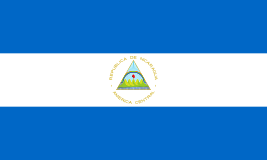
Visa and entry requirements Nicaragua:
Passport required
No visa is required
Information from the Foreign Office about your trip to Nicaragua:
https://www.auswaertiges-amt.de/de/nicaraguasicherheit/223316
Nicaragua is a country in Central America with around 6.5 million inhabitants. It borders Honduras to the north, Costa Rica to the south, the Pacific Ocean to the west and the Caribbean to the east.
The official language of the country is Spanish and the Cordoba Oro is used as the national currency, with 1 euro equaling around 37 NIO.
The largest cities in Nicaragua include Managua, Leon, Masaya, Chinandega, Granada, Ciudad Sandino, Esteli, Tipitapa, Matagalpa and Bluefields.
The country is crossed by a chain of active volcanoes, which is why Nicaragua is also known as the "land of a thousand volcanoes", the highest of which is the Momotombo volcano. The highest elevation in the country, however, is the 2,438-meter-high "Pico Mogoton", in the north on the border with Honduras.
The centers and most important metropolitan areas are located on the western Pacific coast, while the eastern and southern parts of the country are only very sparsely populated. The east of Nicaragua is characterized by a large area of tropical rainforest up to the Caribbean coast.
There are two large lakes in the entire country, Lake Nicaragua and Lake Managua.
The biodiversity of the local wildlife includes jaguars, pumas, ocelots, alligators, snakes, various species of monkeys, parrots, toucans, pelicans and hummingbirds that live in the rainforests.
The country in Central America is a developing country and is one of the poorest countries in the world, with almost half of the population living below the poverty line. After Haiti and Honduras, Nicaragua is the third poorest country in Latin America. However, frequent natural disasters such as volcanic eruptions, earthquakes or tropical cyclones also play a crucial role.
Nicaragua is one of the few countries in the world where there is a total ban on abortion, even if the fetus is not viable or the mother's life is in danger.
The most important export goods in the country's economy are rum, bananas, cotton, lobster and shrimp, coffee, beef, gold, tobacco, cigars and sugar.
Tourism, which has so far been little developed due to the high crime rate of the last 20 years, is slowly recovering and increasing steadily. Traveling to Nicaragua is now relatively safe.
The most important sights in the country include the volcanoes Masaya, Cerro Negro, Telica, Mombacho and the many other active and sulphur-smelling volcanoes, the city of Managua, the volcanic island of Ometepe in Lake Nicaragua, the exciting colonial city of Leon with its cathedral, art museum and other historical buildings, the long white sandy beaches on the Caribbean corn island, the surfing mecca of San Juan del Sur on the southern Pacific coast, the port city of Granada with its famous colonial architecture and perhaps the best cigar and rum factories in the world.
The capital of Nicaragua is Managua and, with over one million inhabitants in the urban area and almost 2.5 million in the metropolitan area, it is also the largest city in the country.
Managua is the second largest city in Central America after Guatemala City and has been destroyed several times in history, mostly by strong earthquakes. The city has no significant historical or colonial buildings and therefore partly resembles a huge village.
In 1998, Hurricane Mitch caused severe destruction in the capital and the surrounding area.
The most important sights in Managua include Avenida Bolivar A. Chavez, the Old Cathedral of Santiago de Managua, the New Cathedral, Revolution Square, the Ruben Dario National Theater, the Hotel Crowne Plaza Managua - the city's landmark due to its unique Mayan architecture , the Dennis Martinez National Stadium, the Banamer Tower, the National Palace of Cultures, the Salvador Allende Port and the Metropol Cathedral.
In June 2014 I traveled to Nicaragua and its capital for the only time so far. During my big Central America tour, I stopped in Managua for two days.
I left Honduras by bus in the afternoon and arrived in Managua after about five hours. I stayed there privately with Elizabeth and her daughter, whom I had previously met through the Internet portal "Couchsurfing". The small house was a little outside the city center, but was very chic and comfortably furnished.
Somehow it was quite eerie when I arrived at the central bus station in Managua because I was the only foreigner who got off there. Everyone looked at me kind of grimly and I couldn't really see any particular friendliness among the people.
Of all the taxi drivers standing in front of the train station, I found at least one who could speak some English. After a prearranged two-hour city tour, he then took me to my accommodation at Elizabeth's. However, due to the excessive traffic, we were unfortunately not in the real city center.
The effects of the last strong earthquake were still clearly felt in the city of Managua; many things were severely damaged. Due to the heavy traffic in the city, it was also not possible to see other attractions in Nicaragua's capital. Perhaps the high mountains and huge volcanoes in the background of Managua are much more beautiful than the city itself.
Towards the evening, Elizabeth recommended me a trendy restaurant near her house and right on the main street, where I could eat quite inexpensively and very comfortably and look at the evening sky of Managua.
The next lunchtime I continued my Central America trip by bus to San Jose in Costa Rica. On the hour-long bus ride, I enjoyed the view of Nicaragua's fantastic volcanic landscape, a true wonderland.

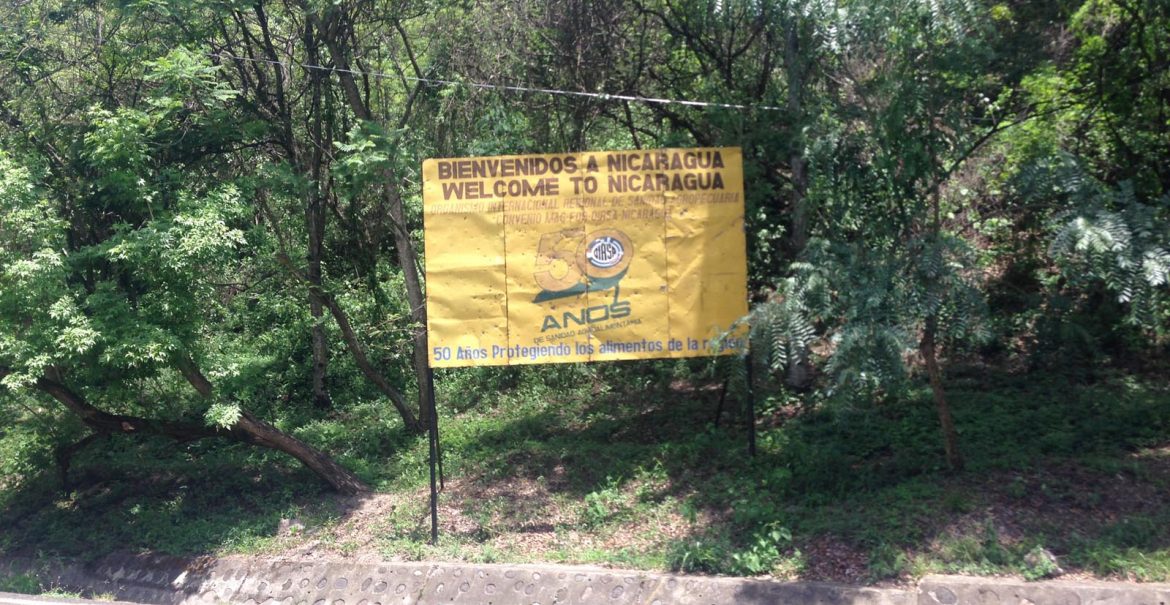
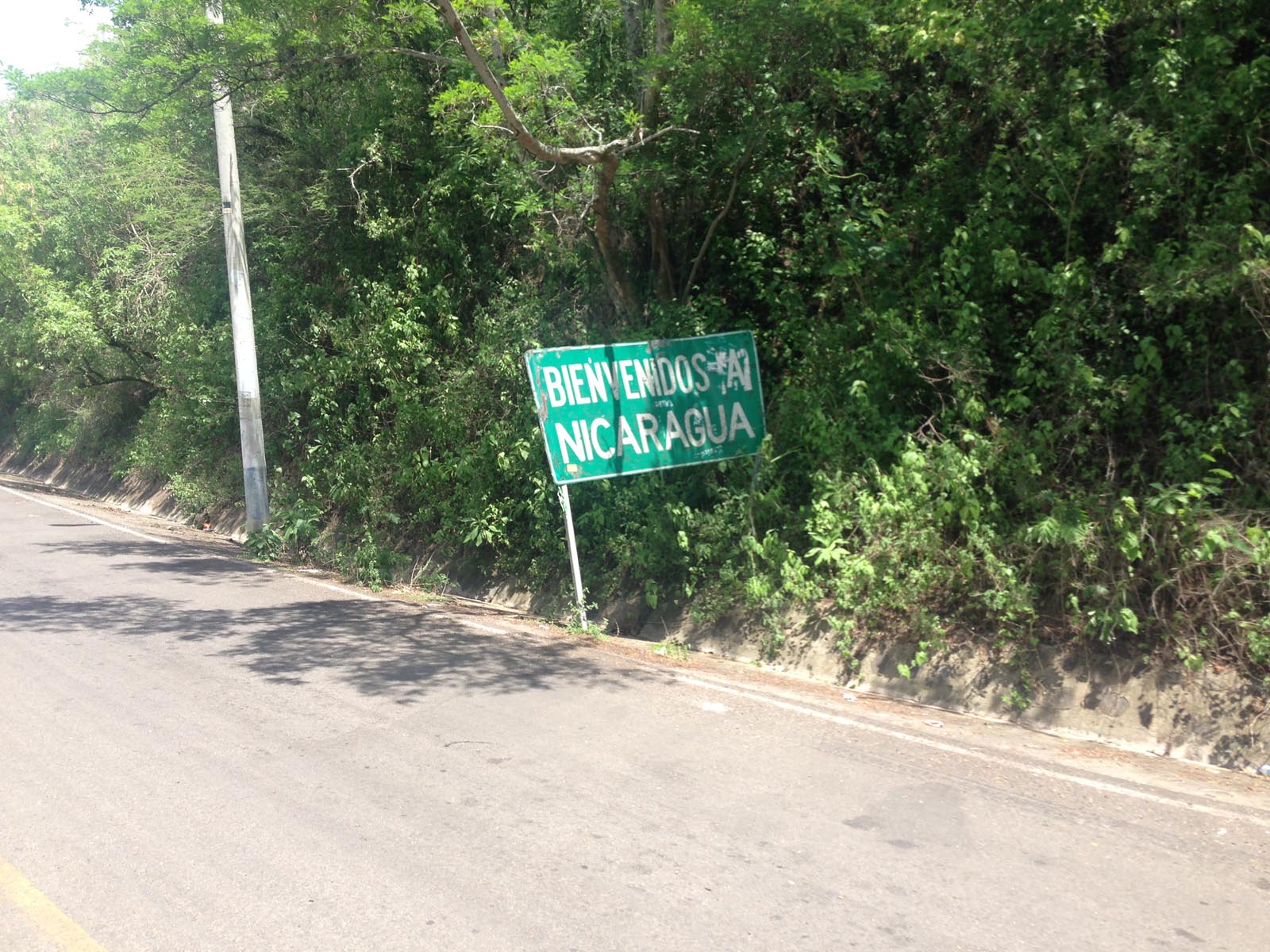
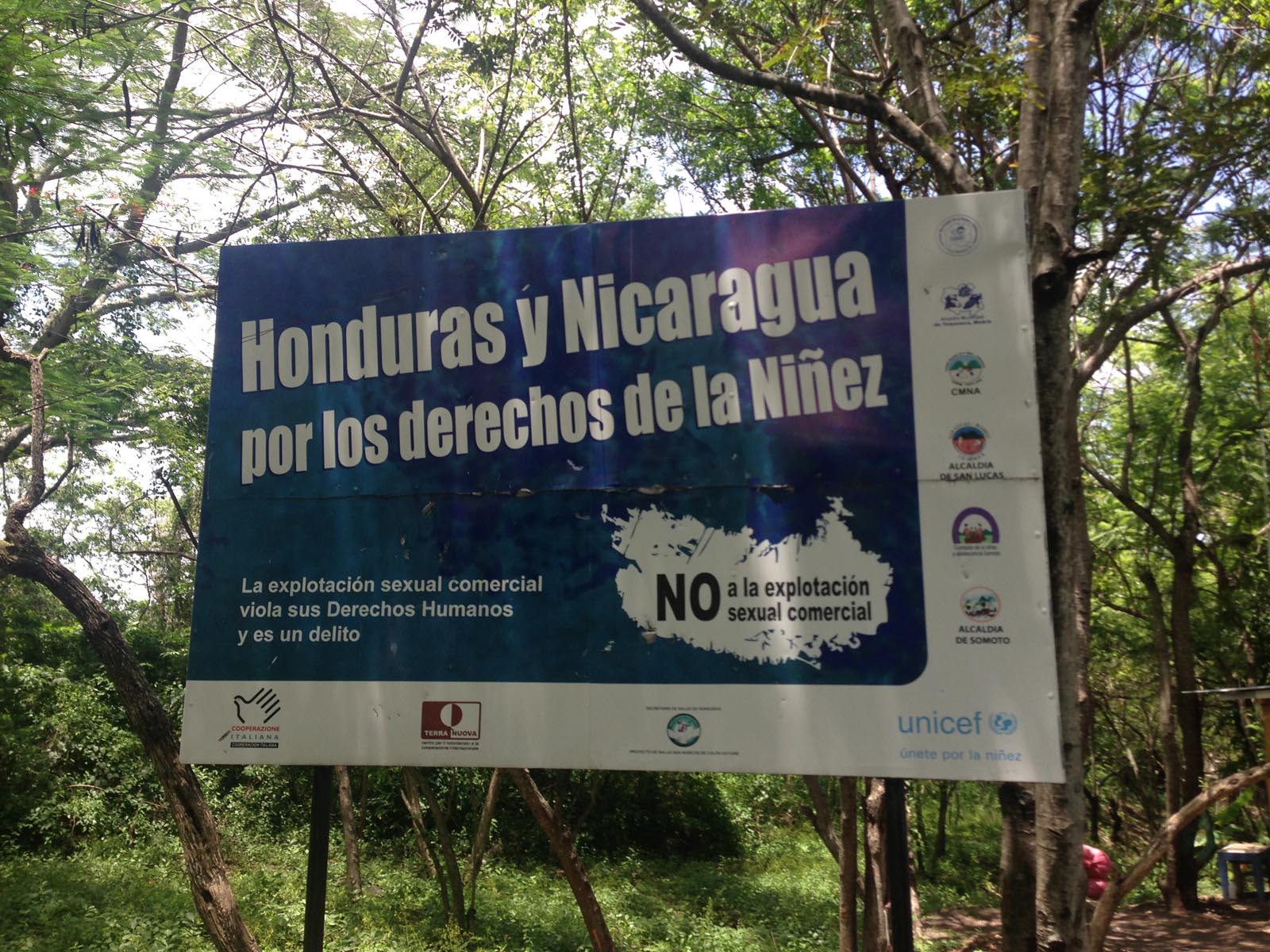
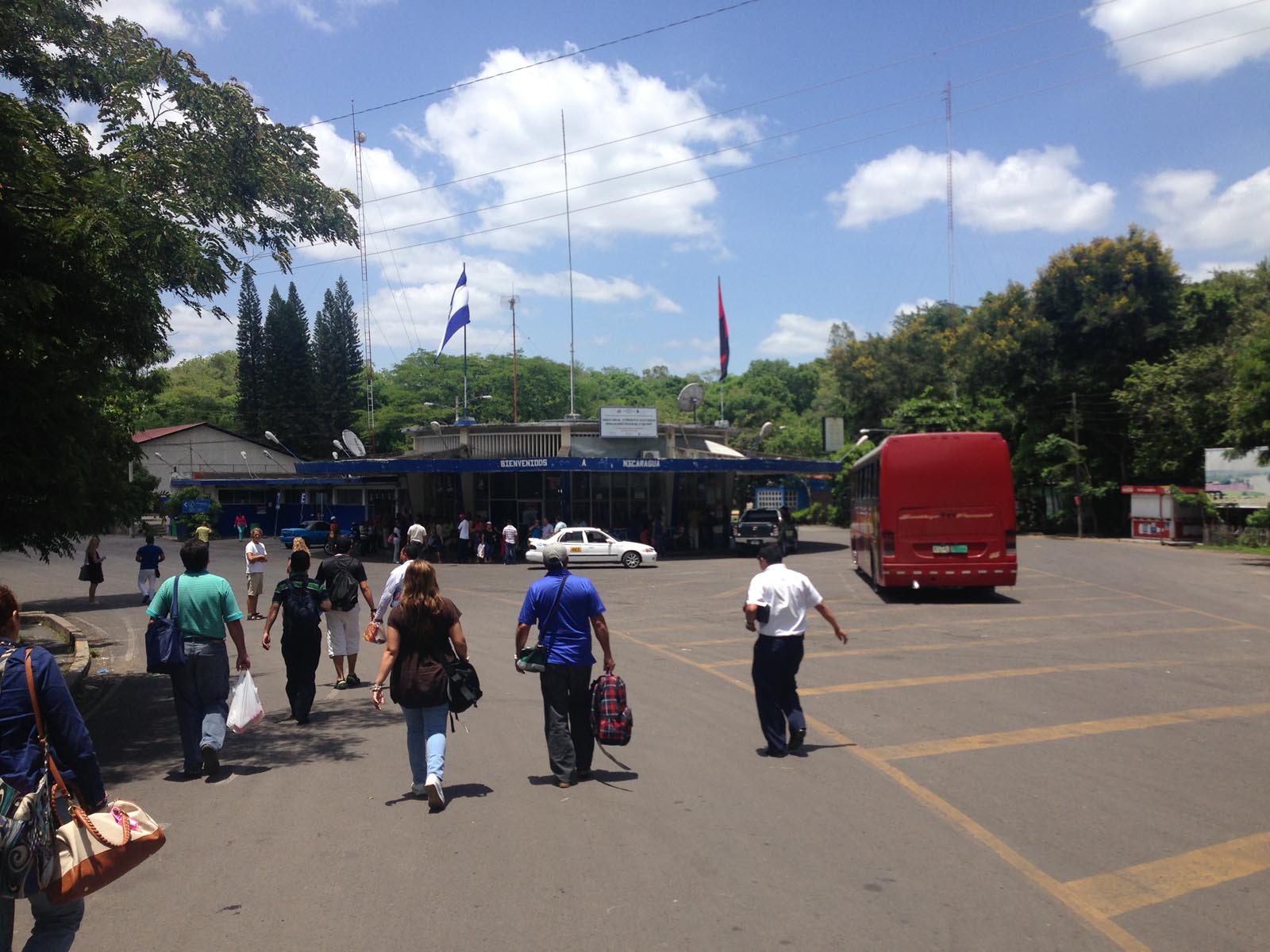
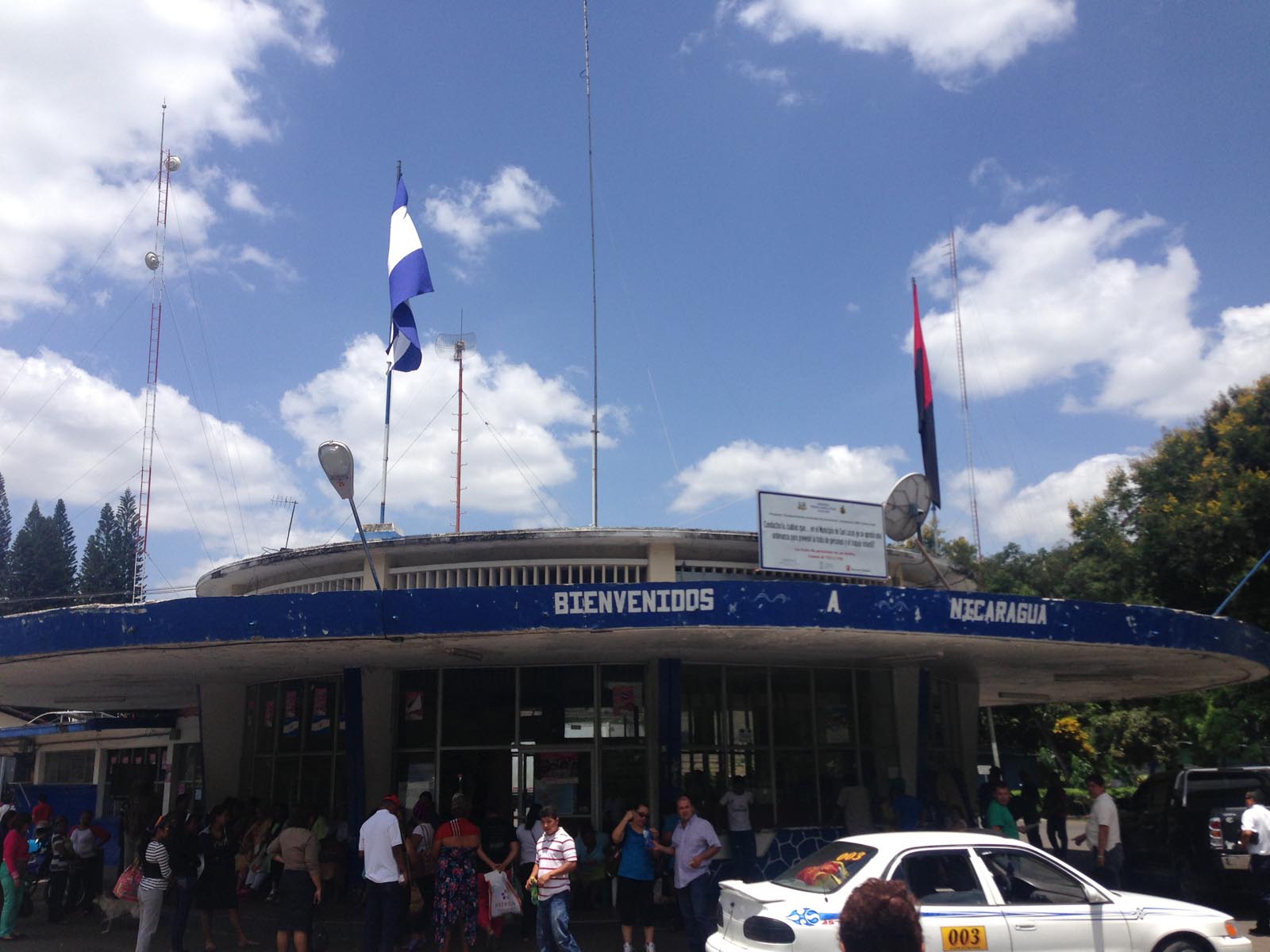

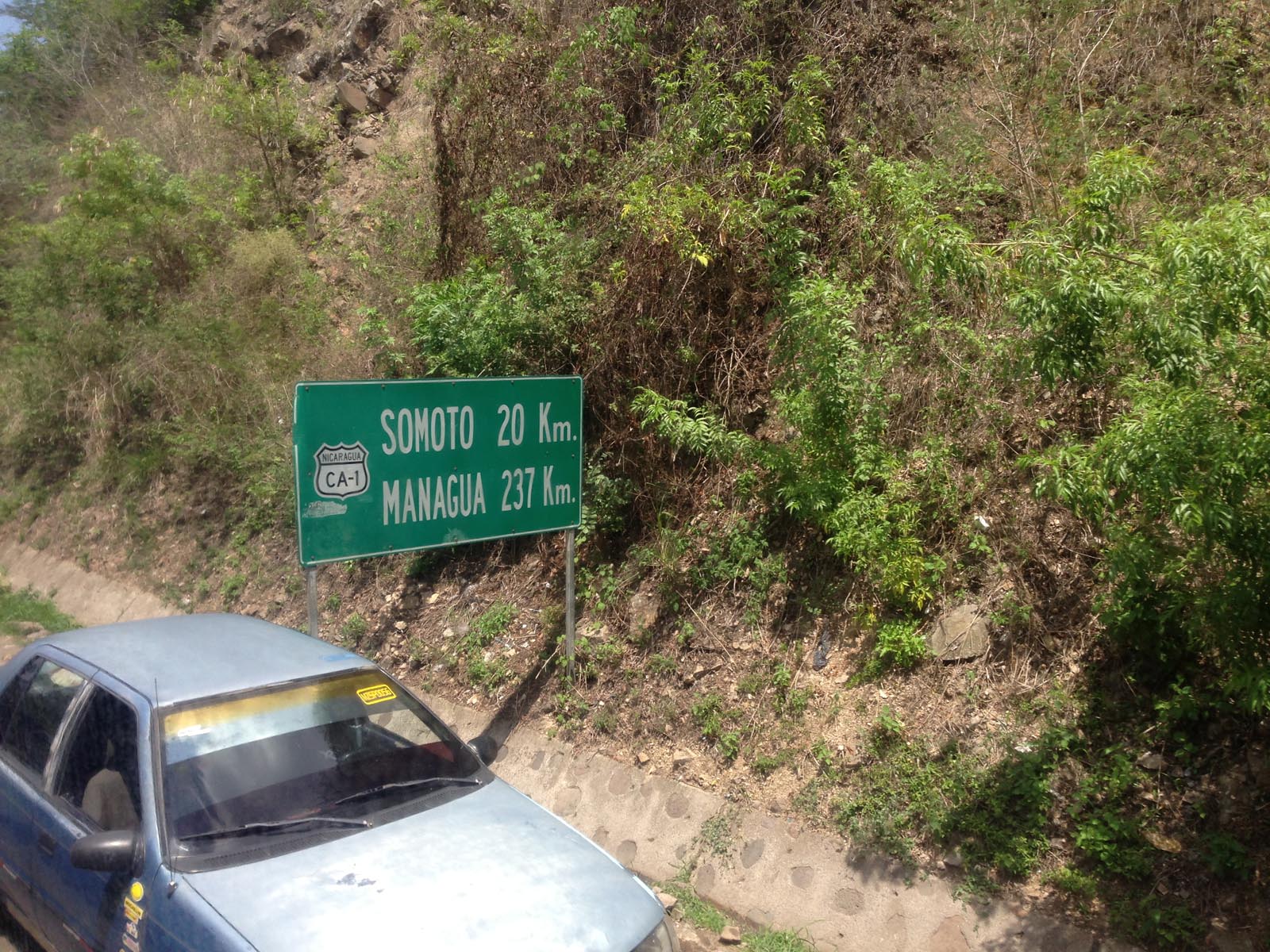
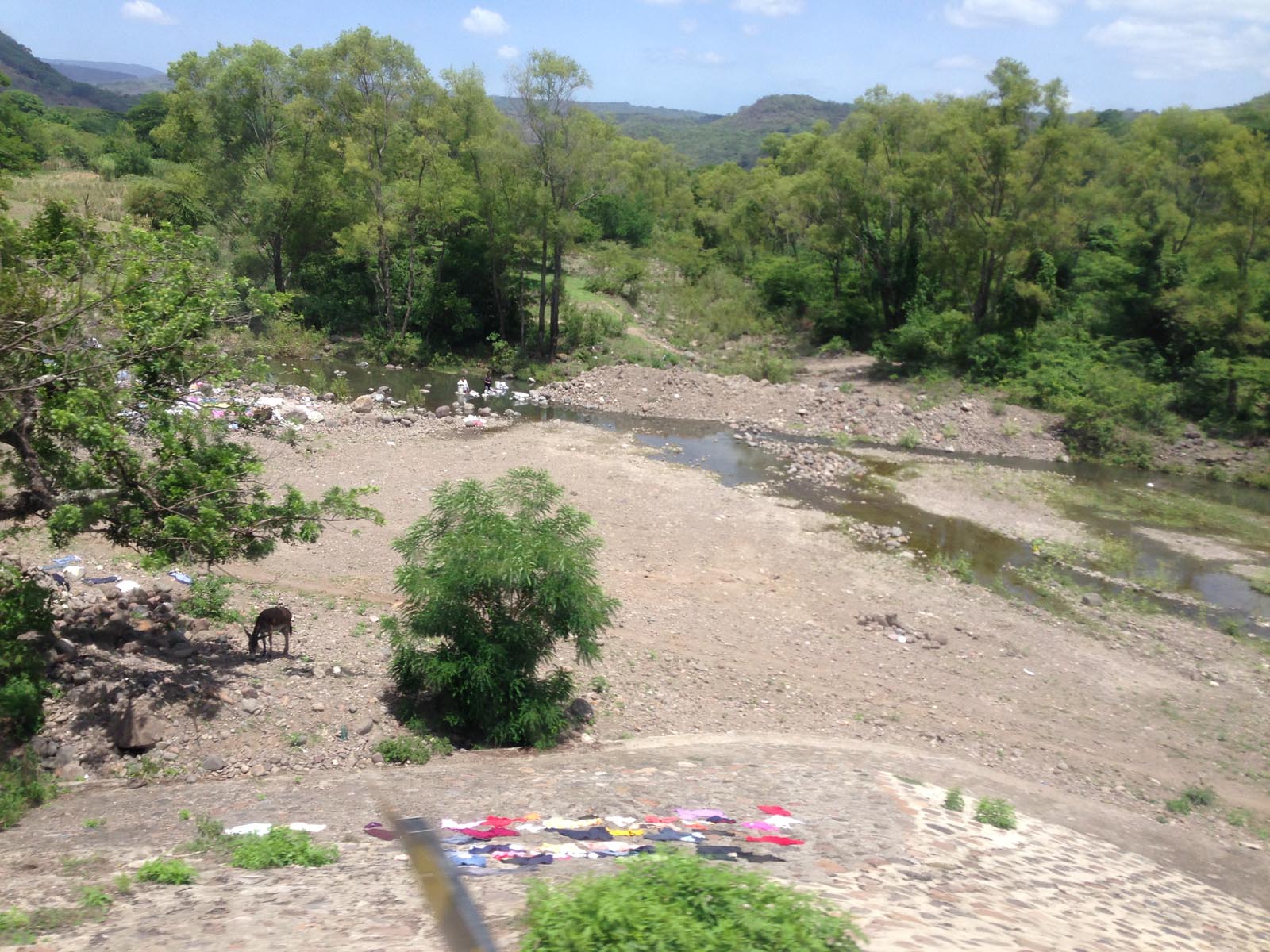
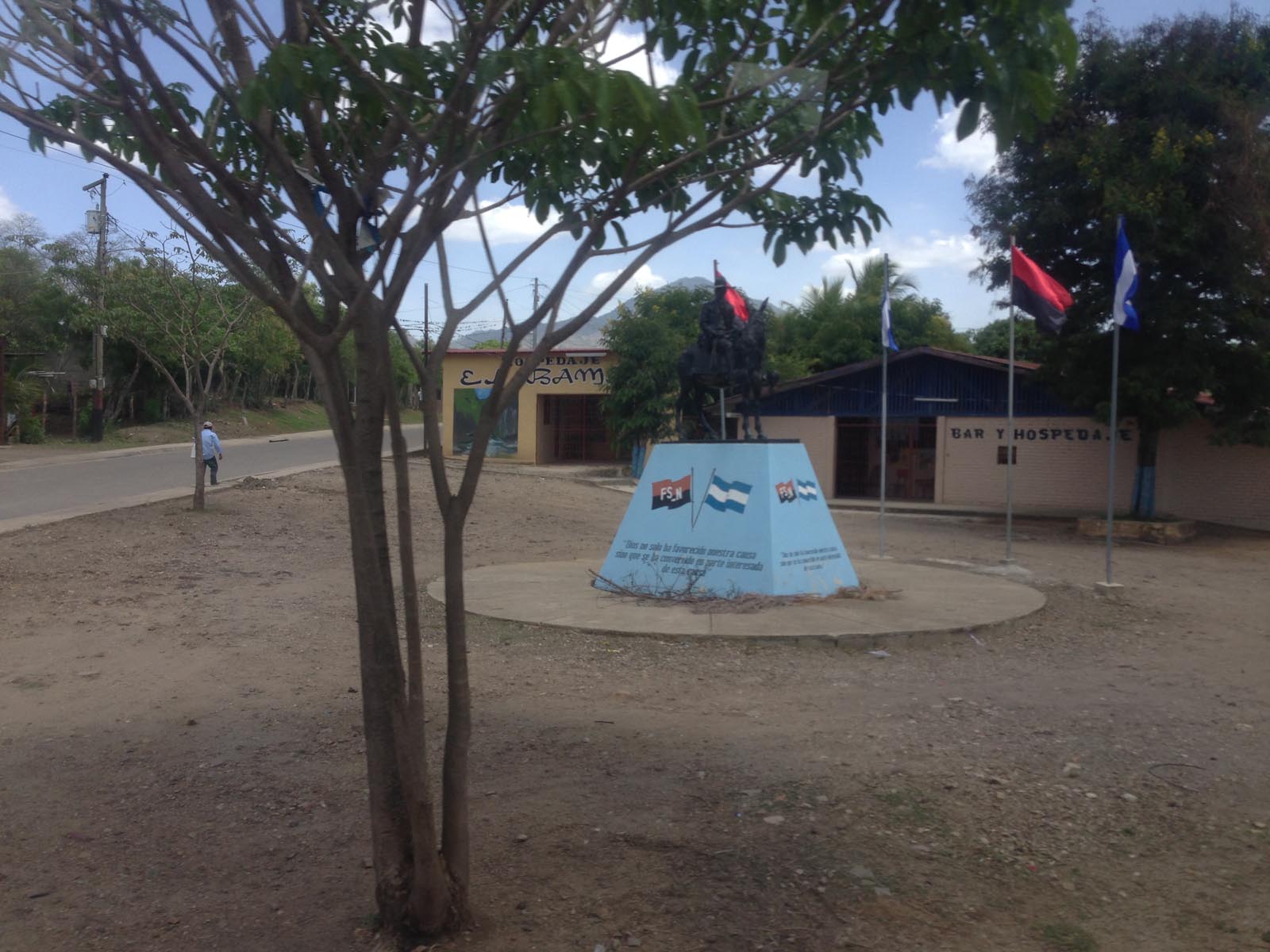
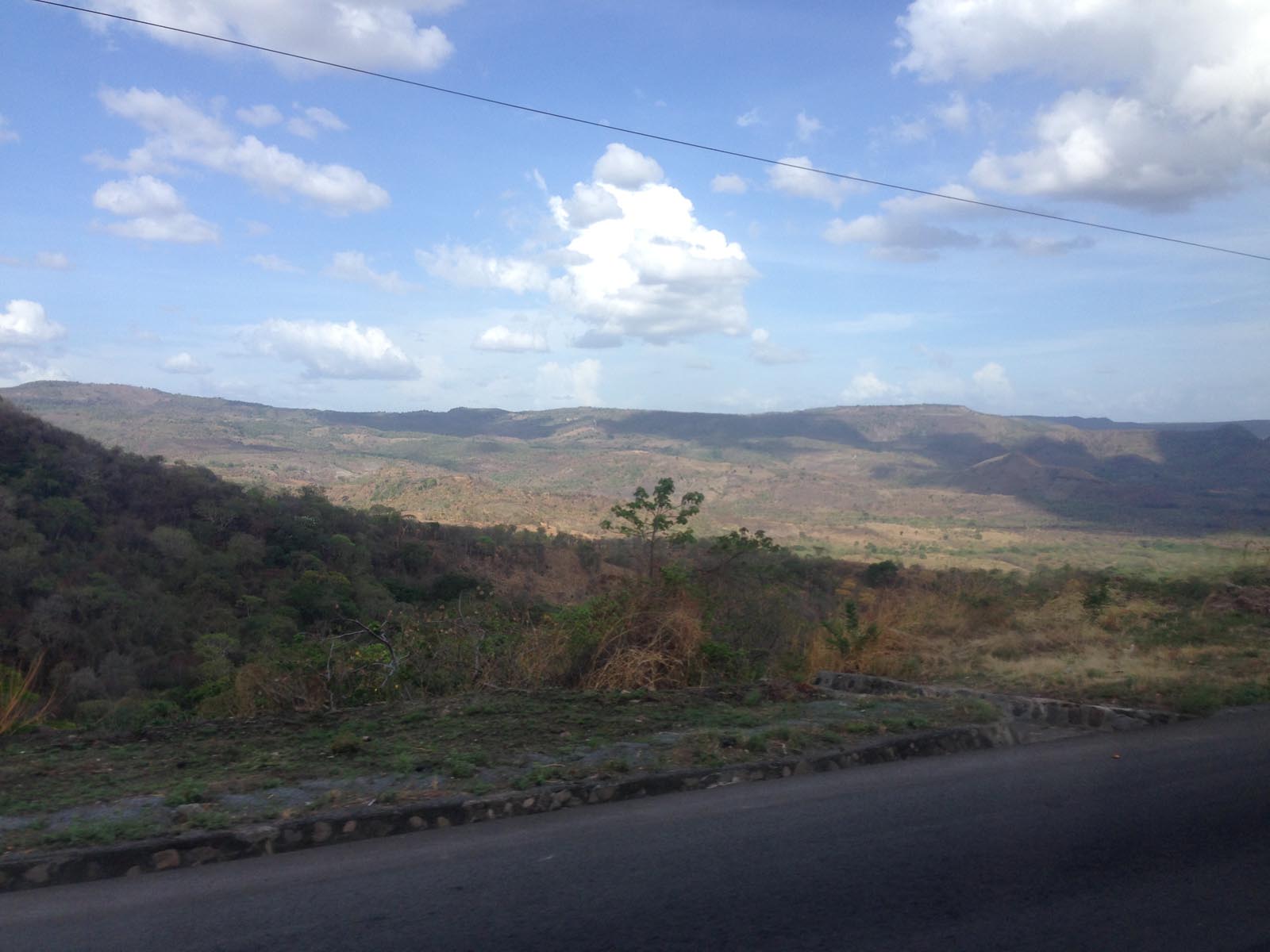
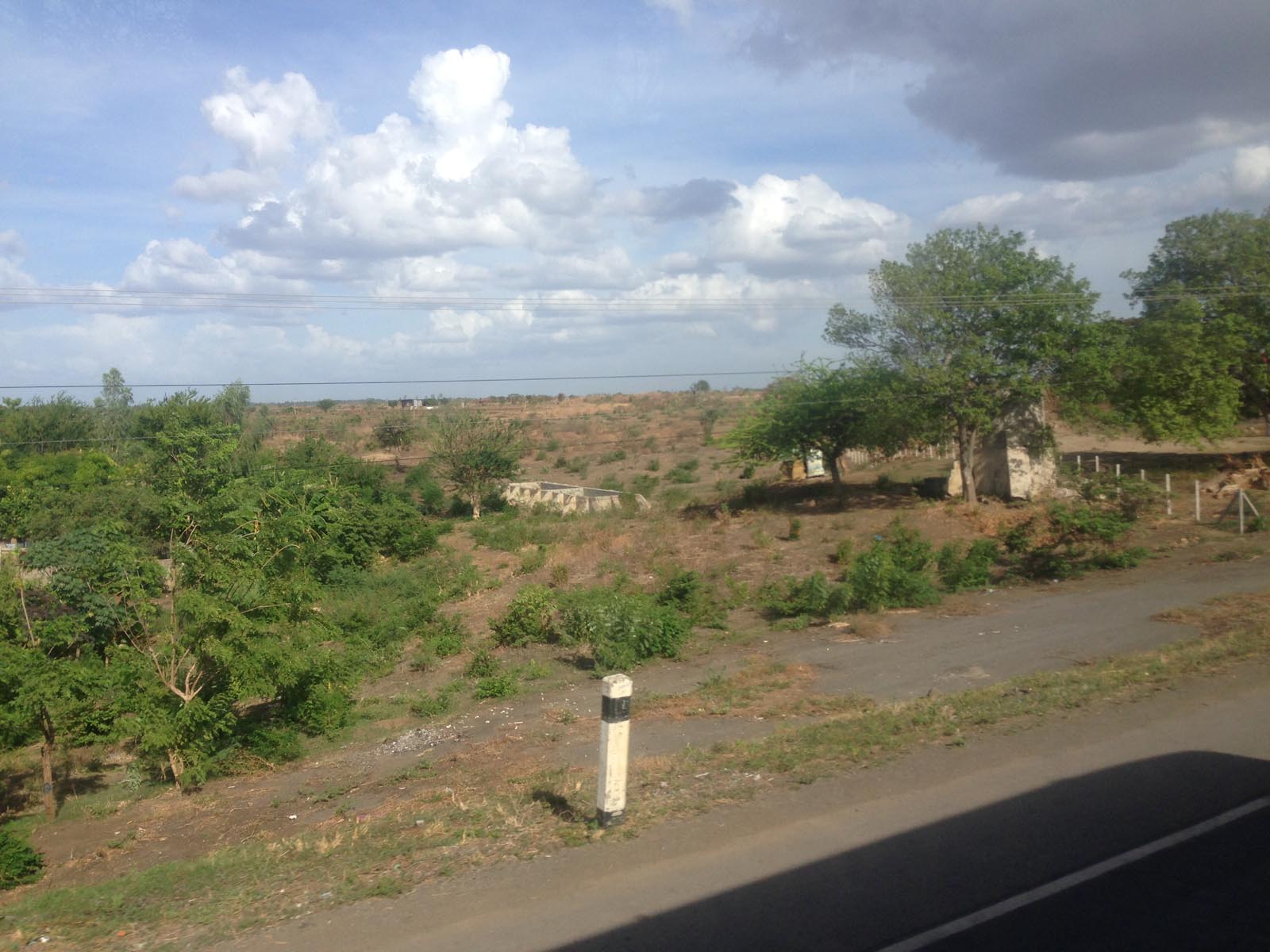
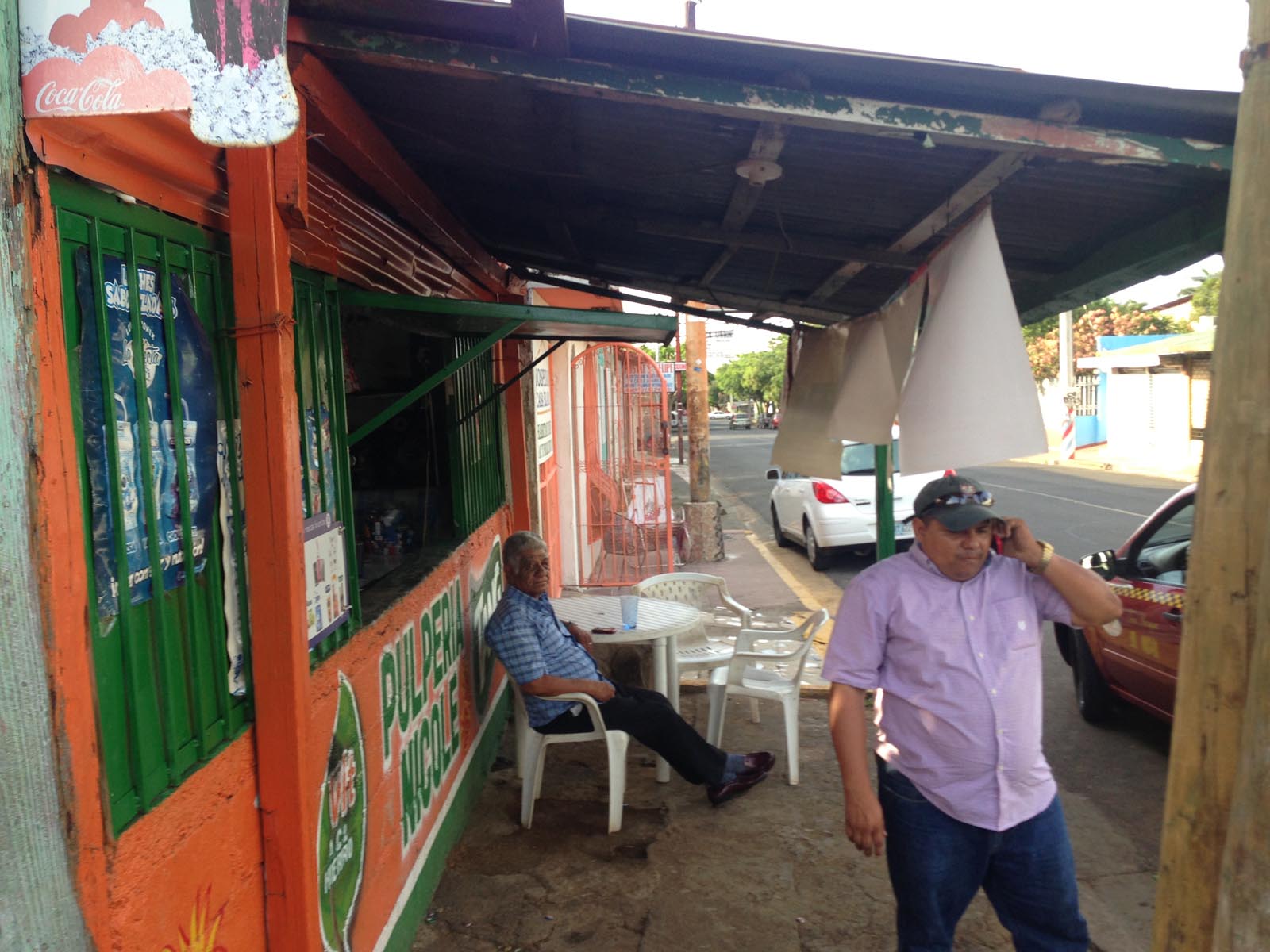
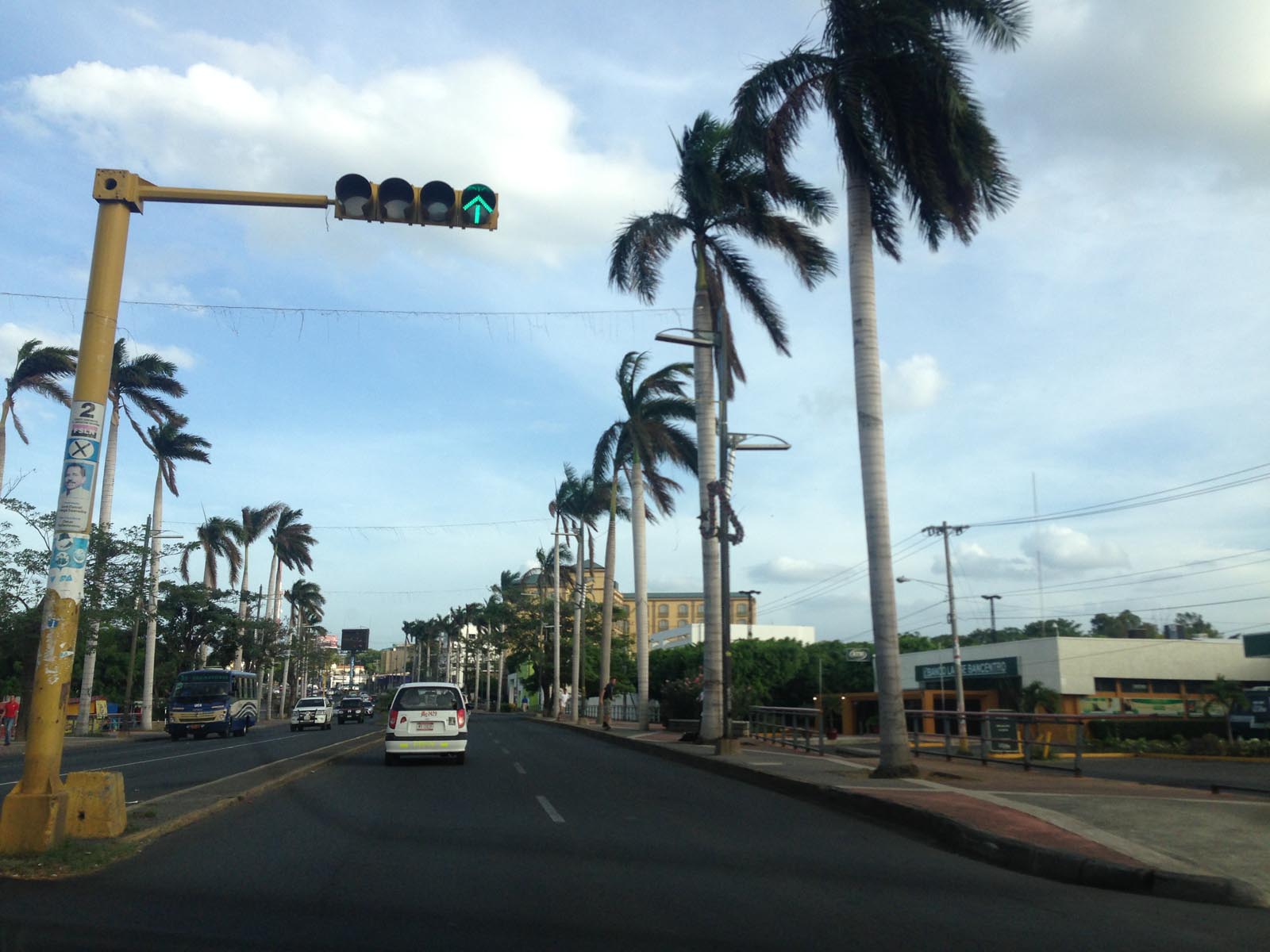
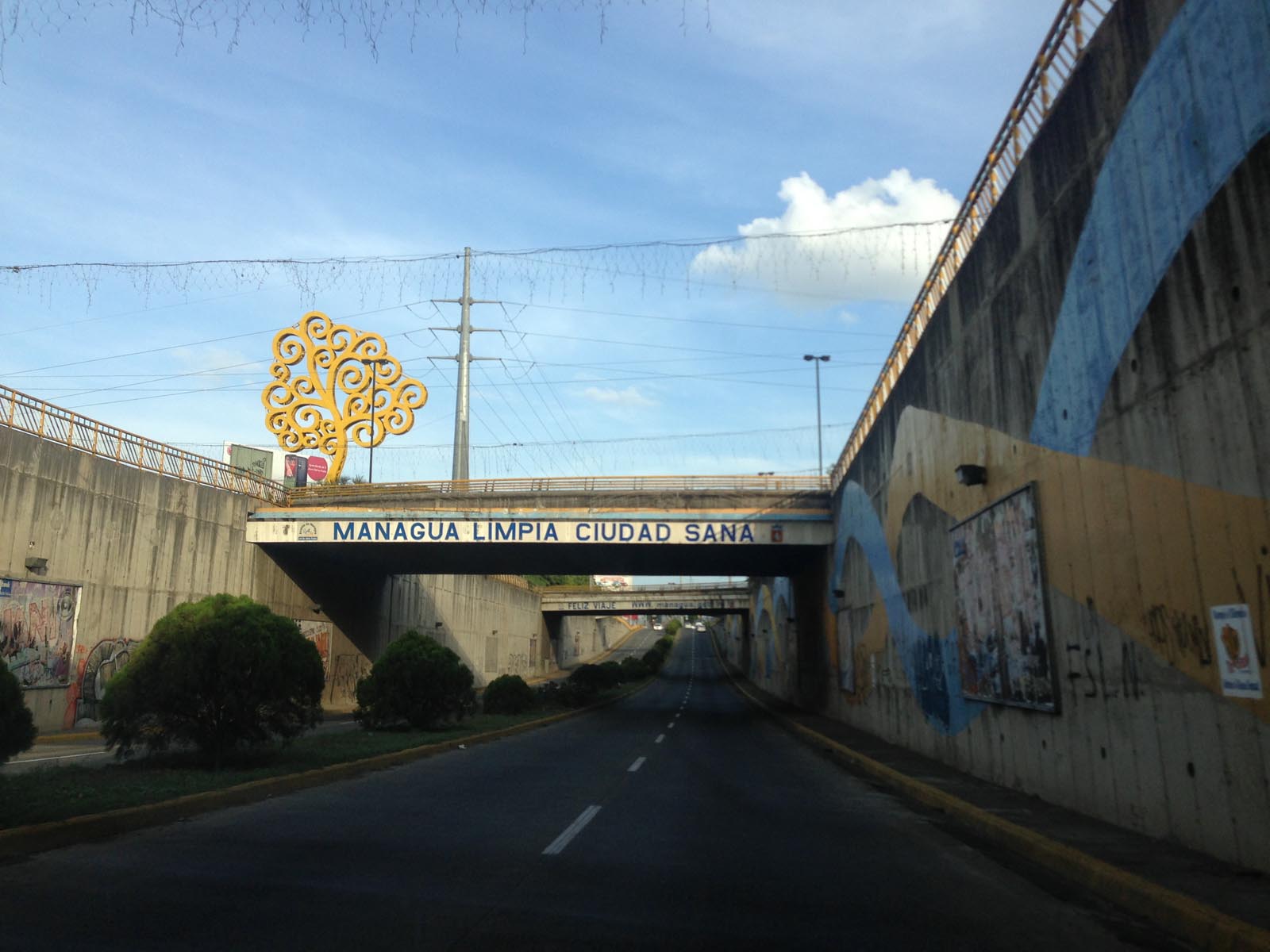
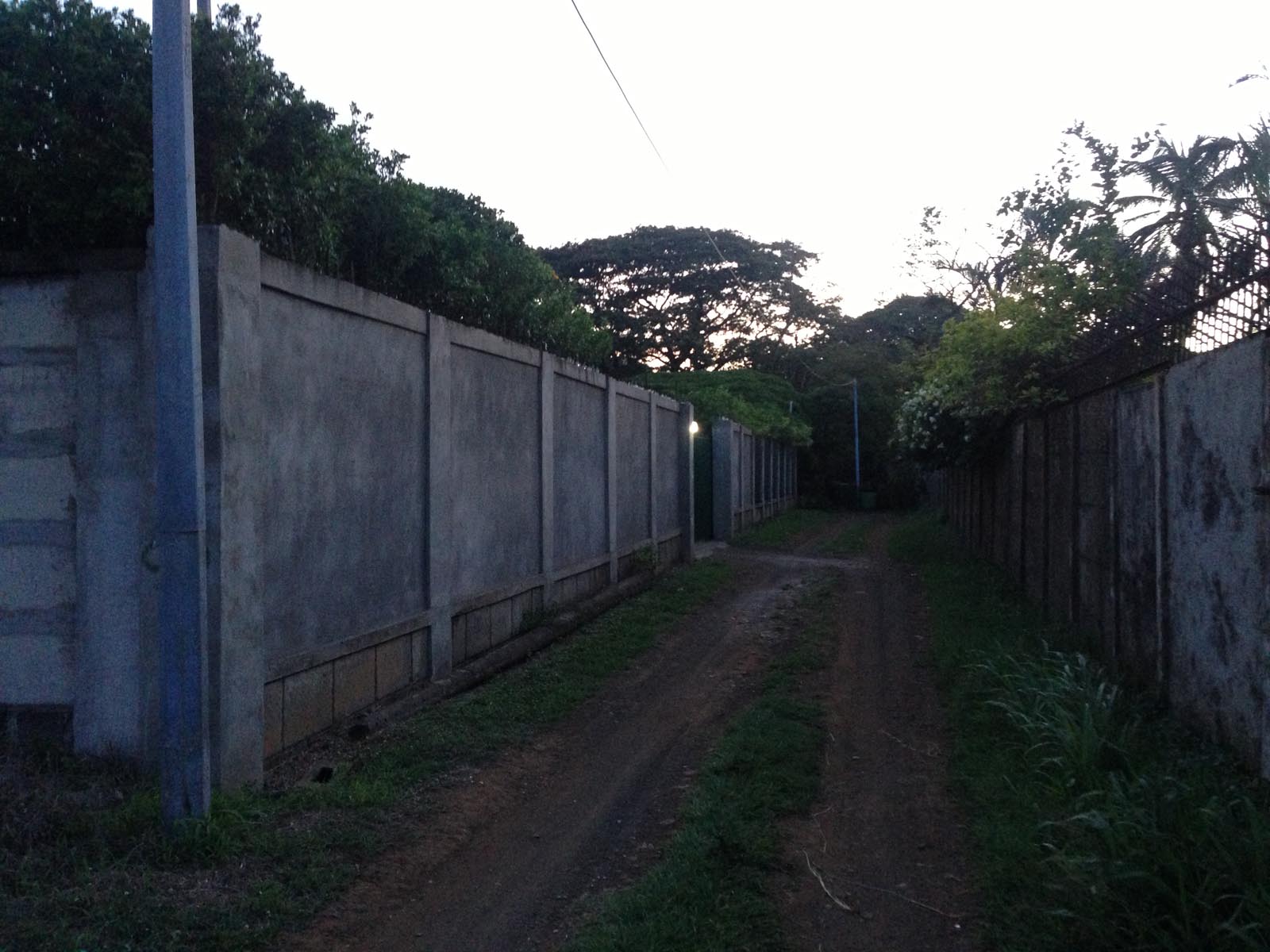
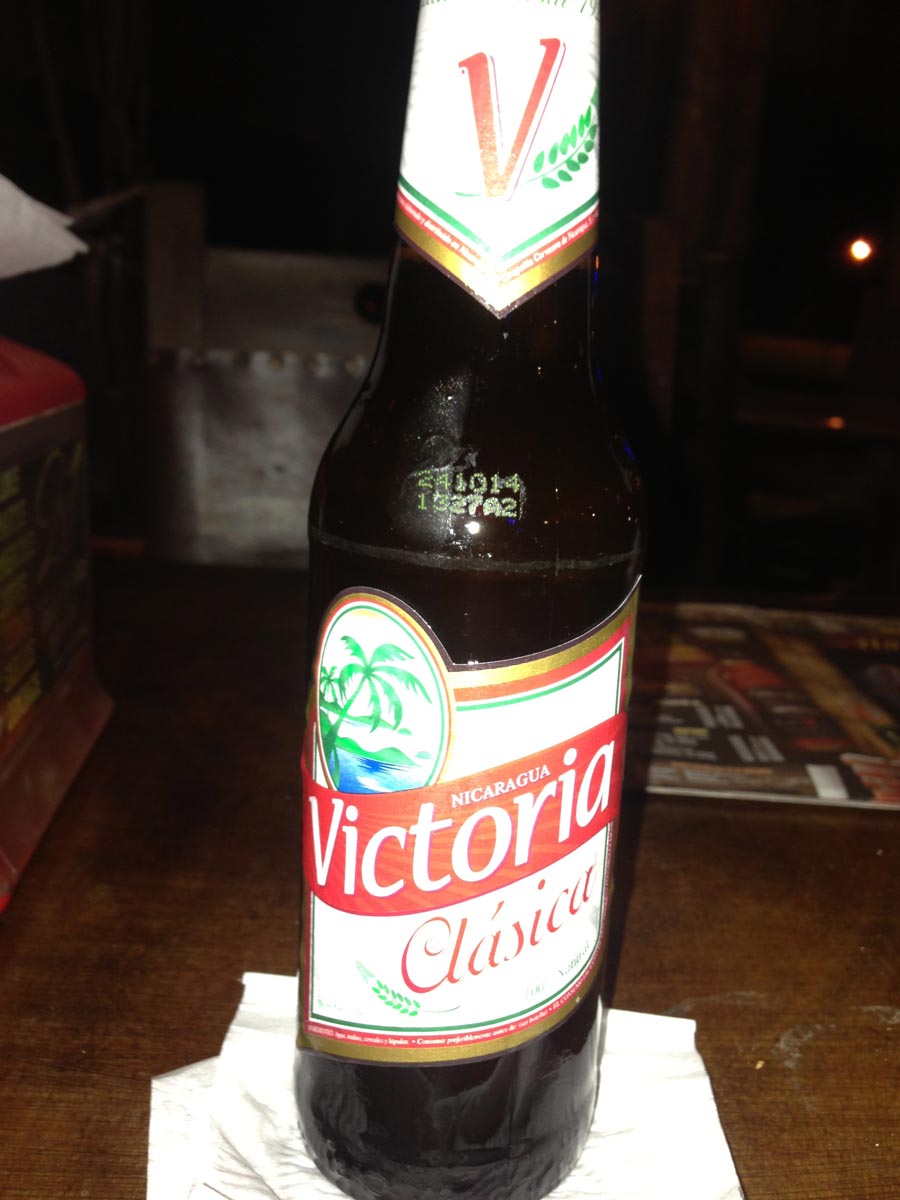
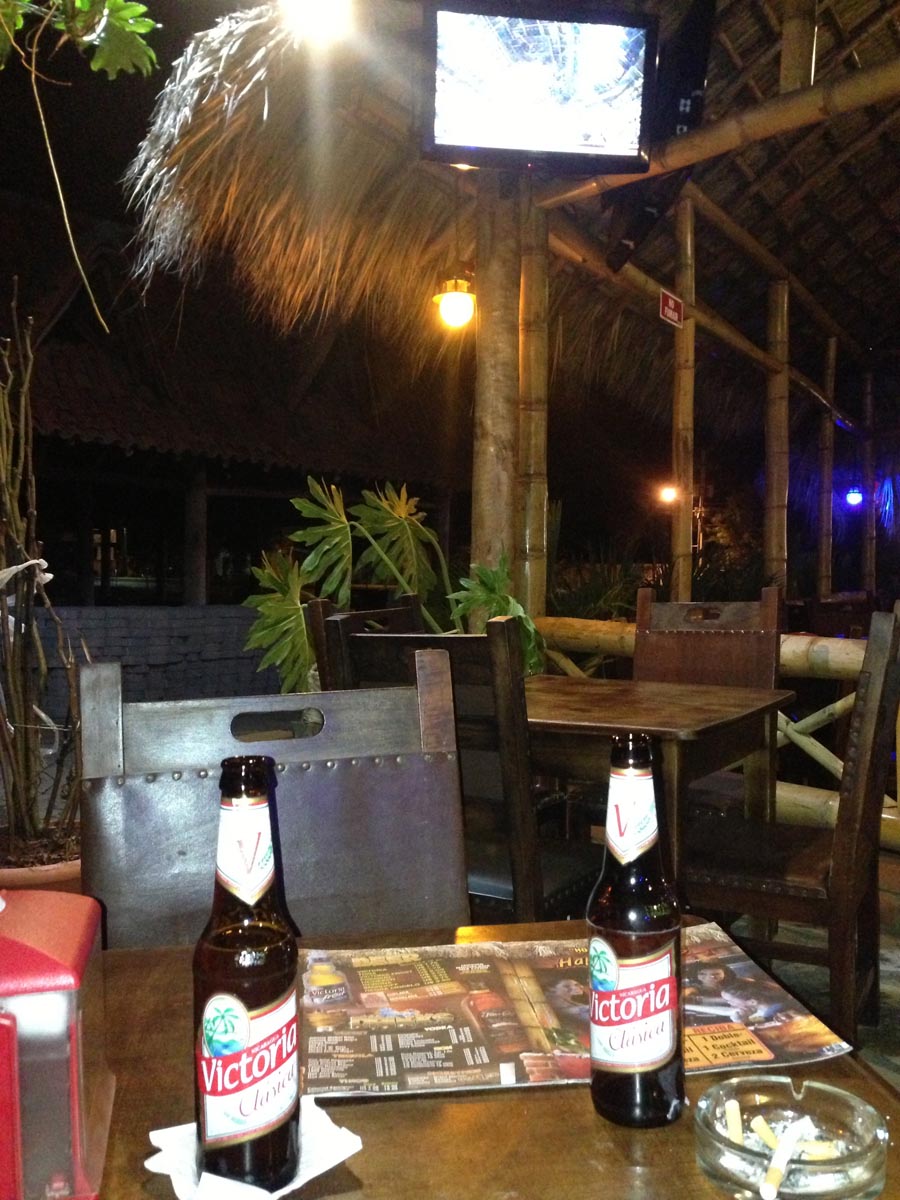
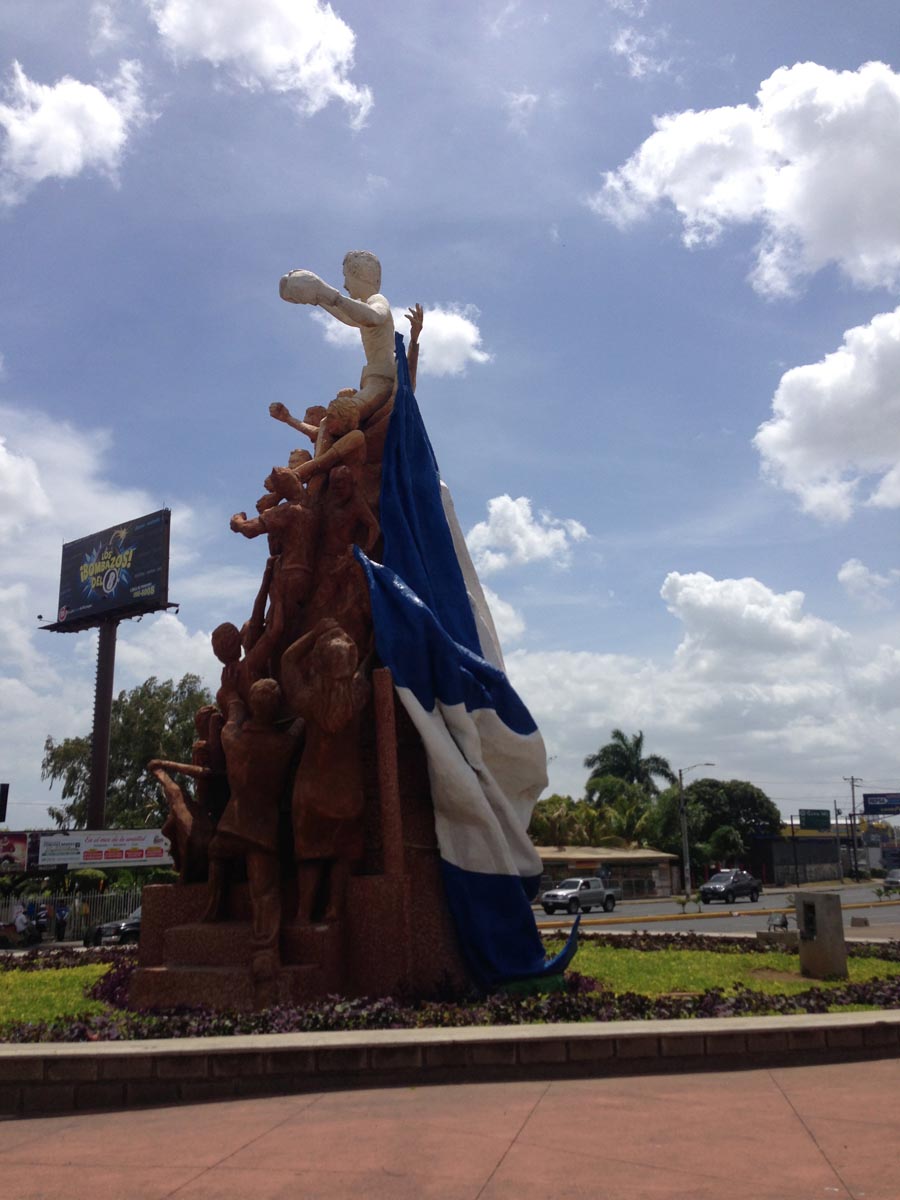
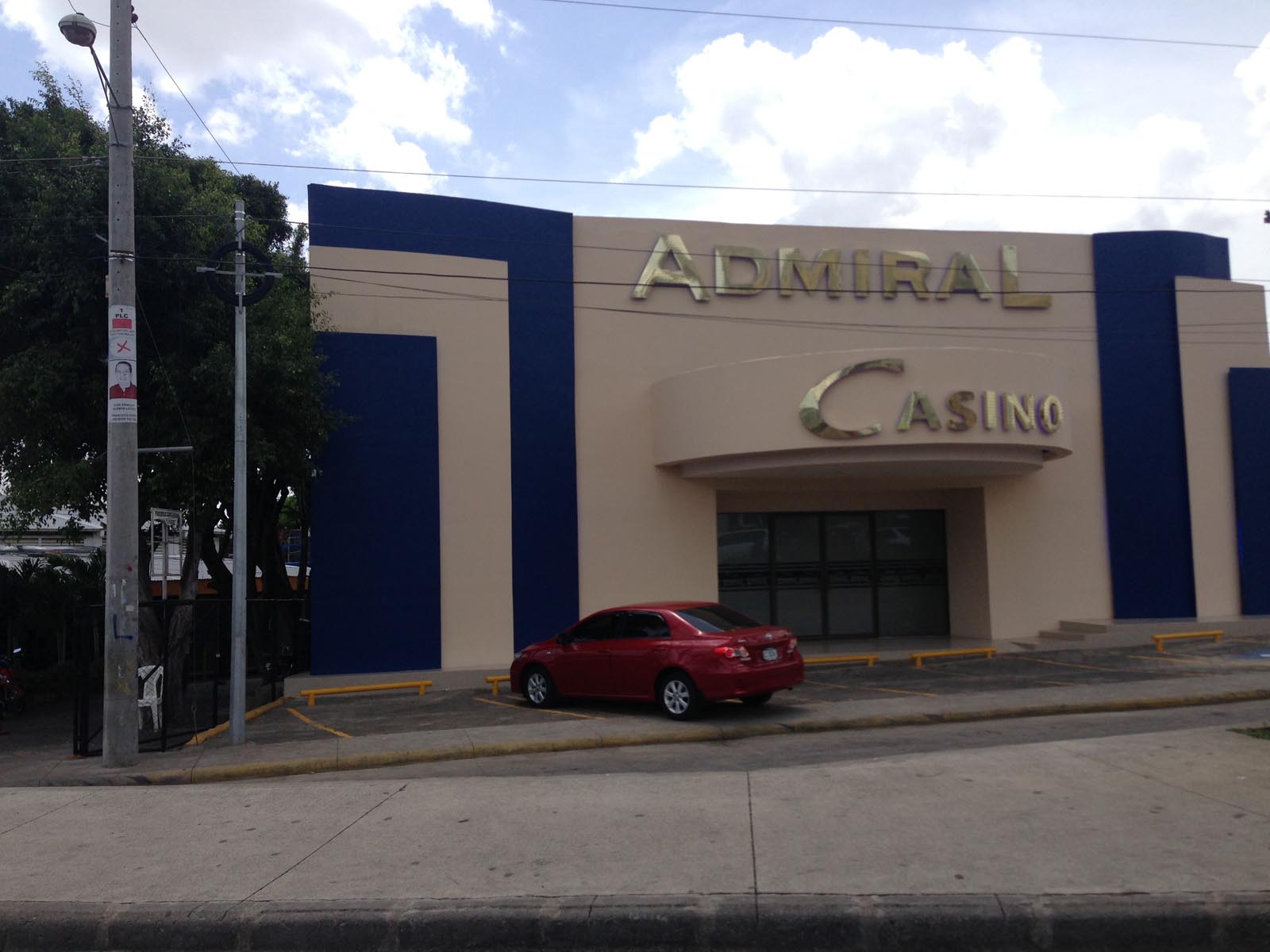
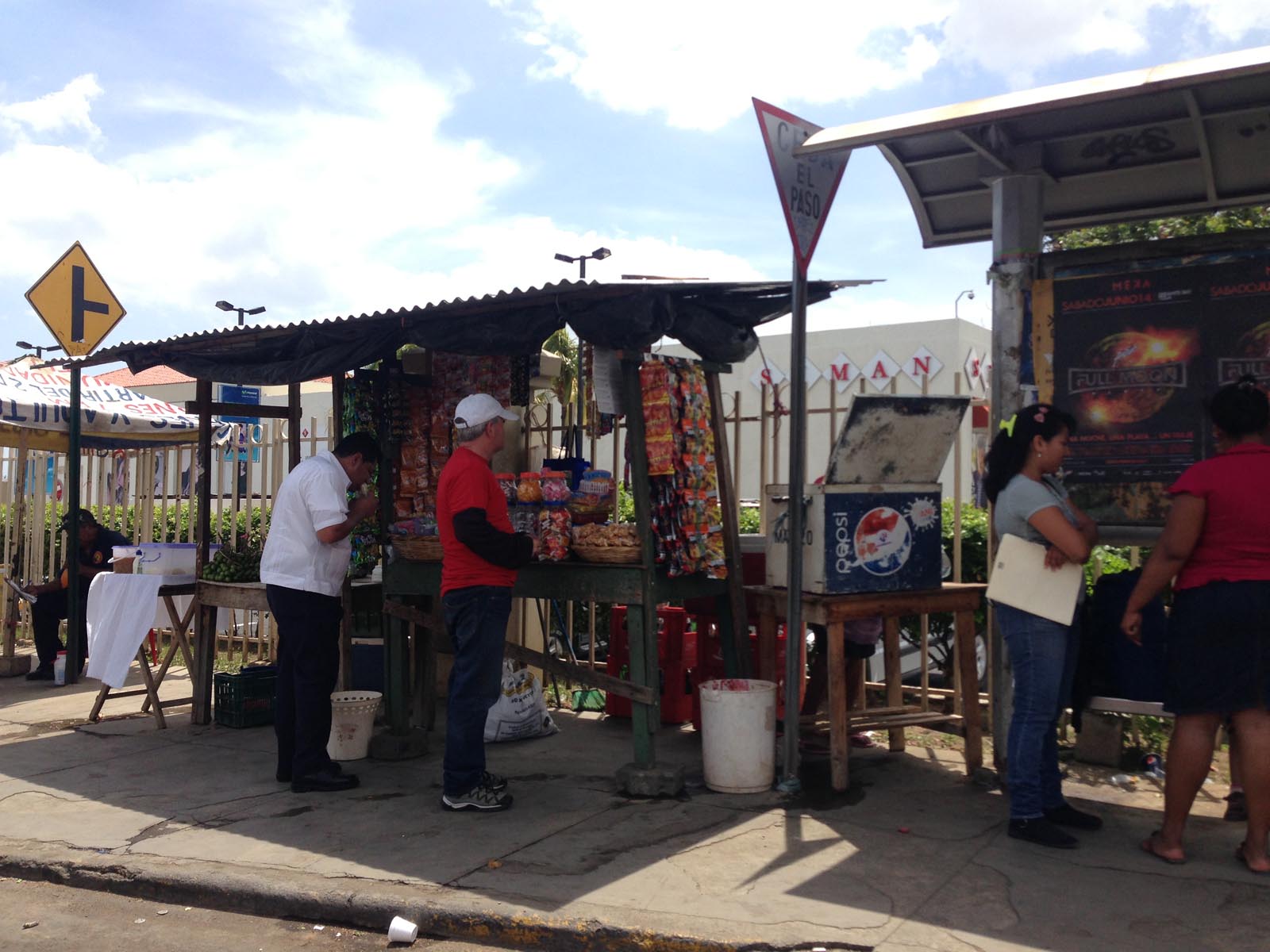
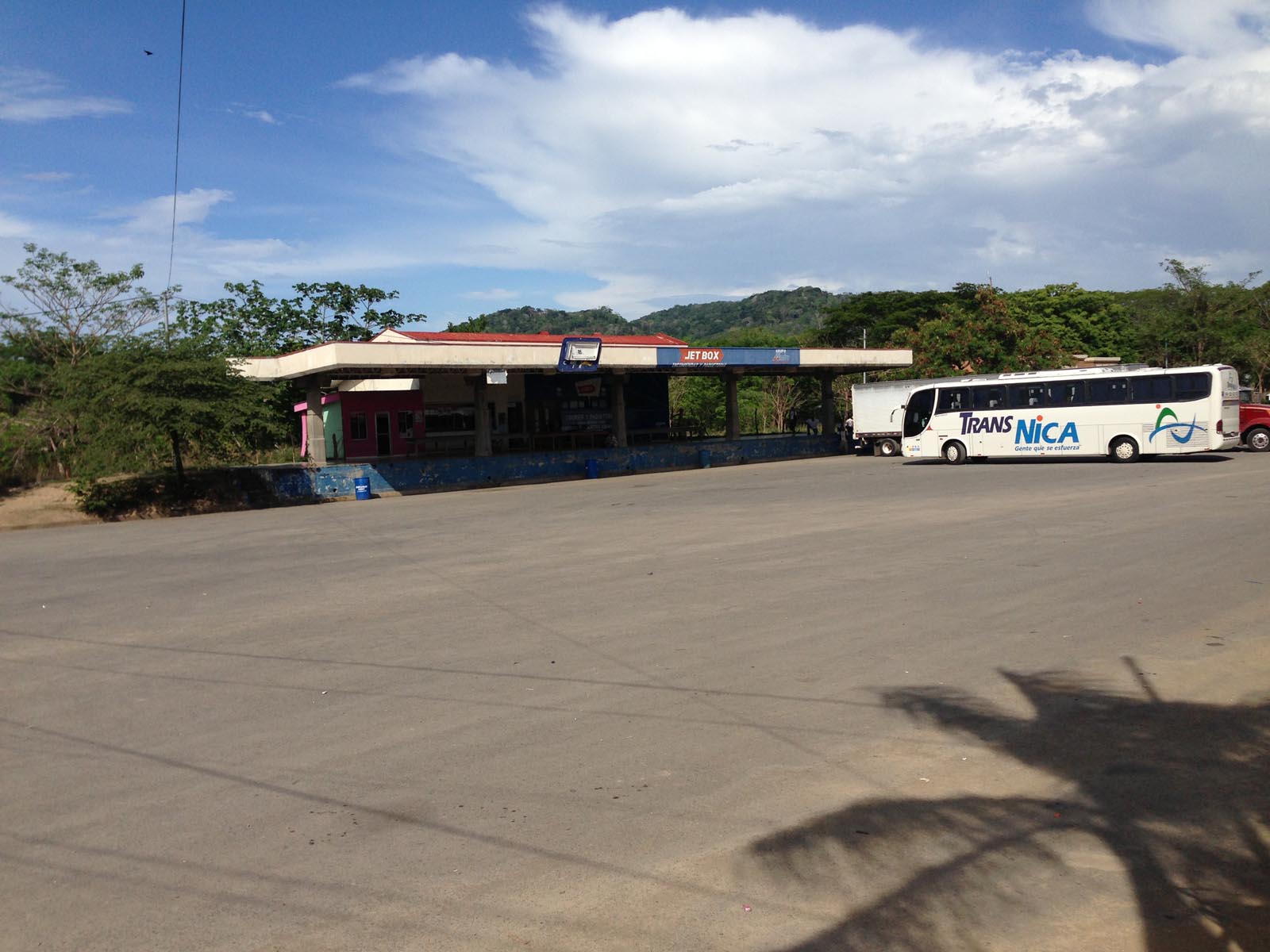
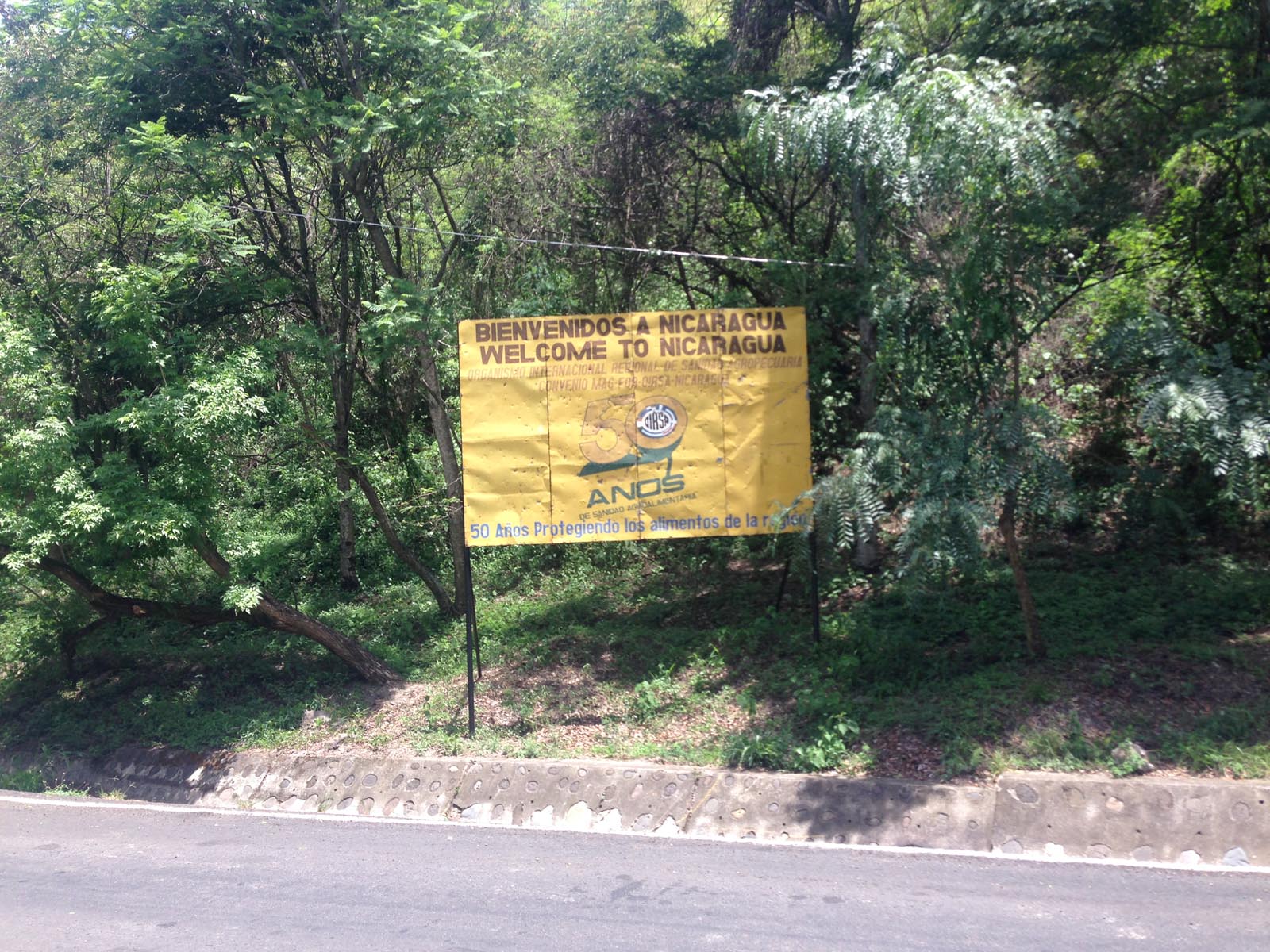
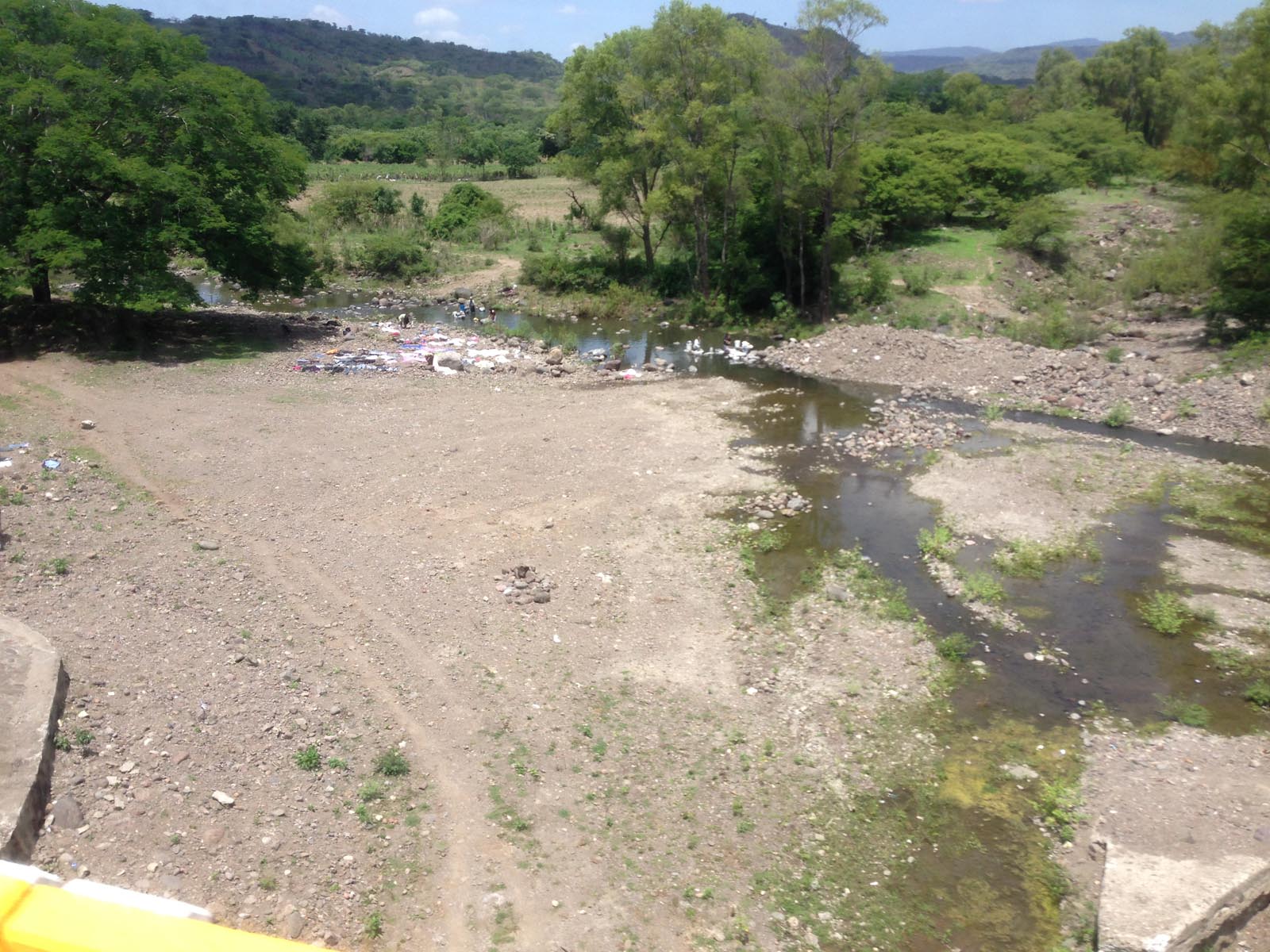
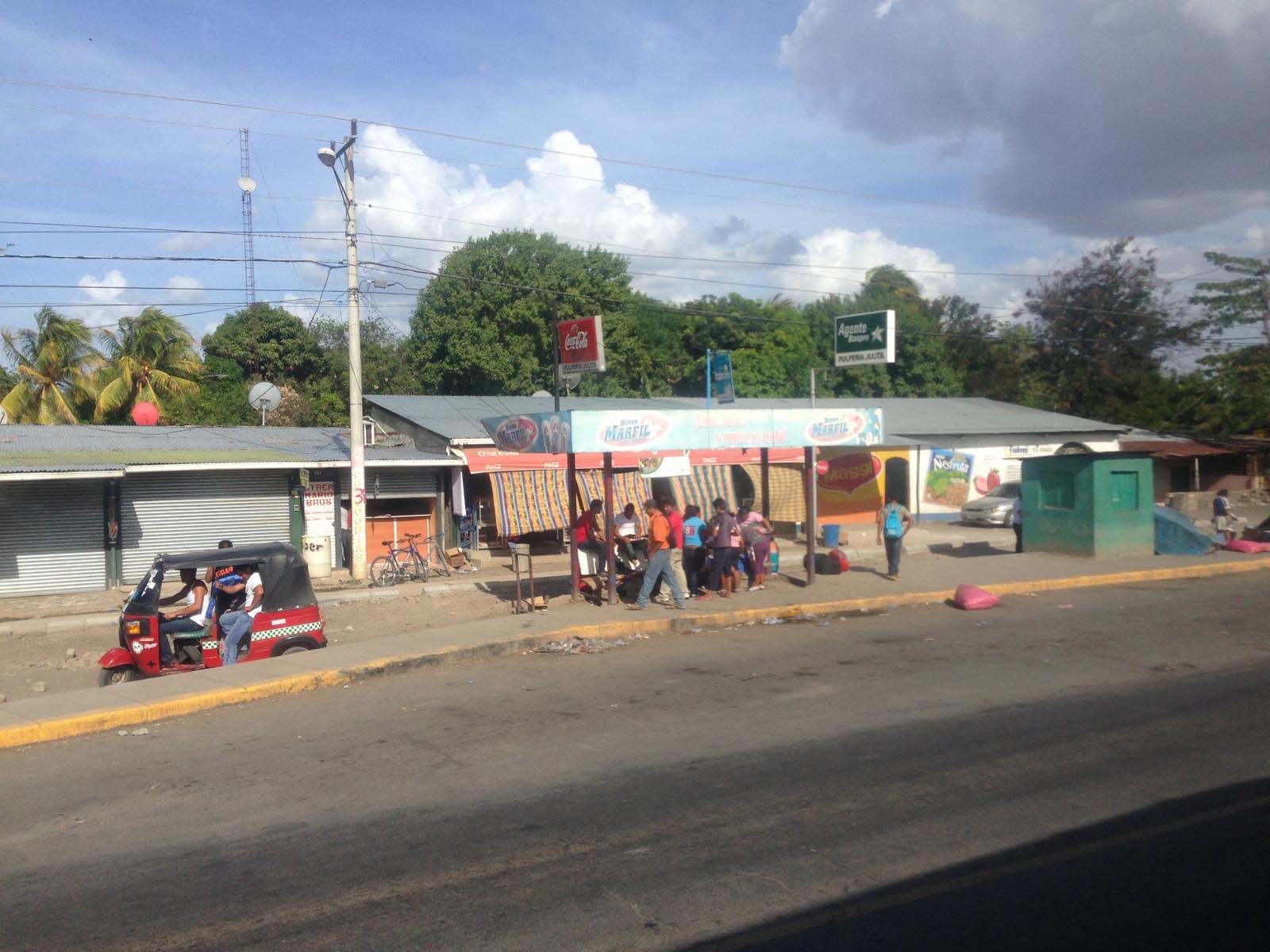
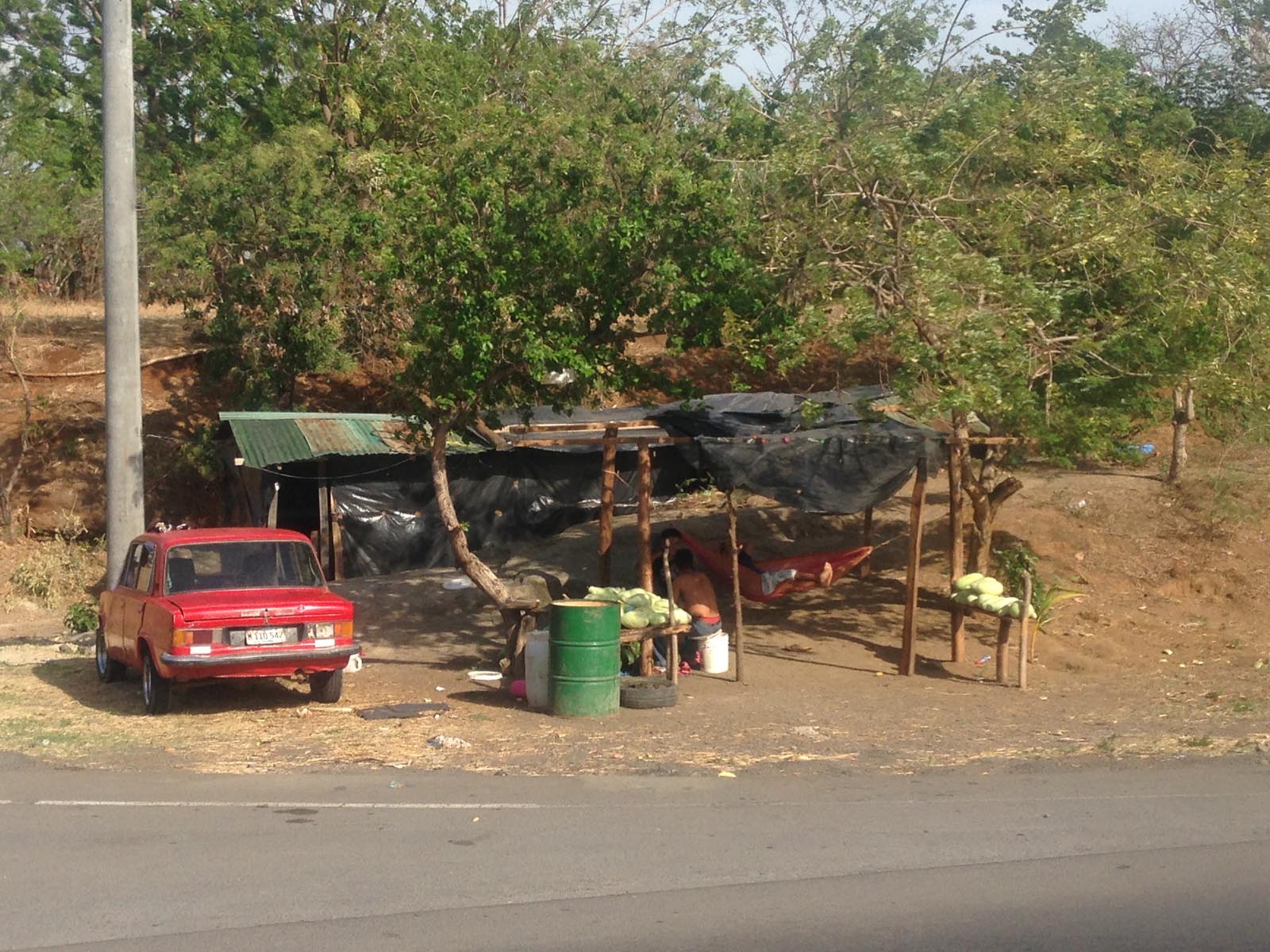
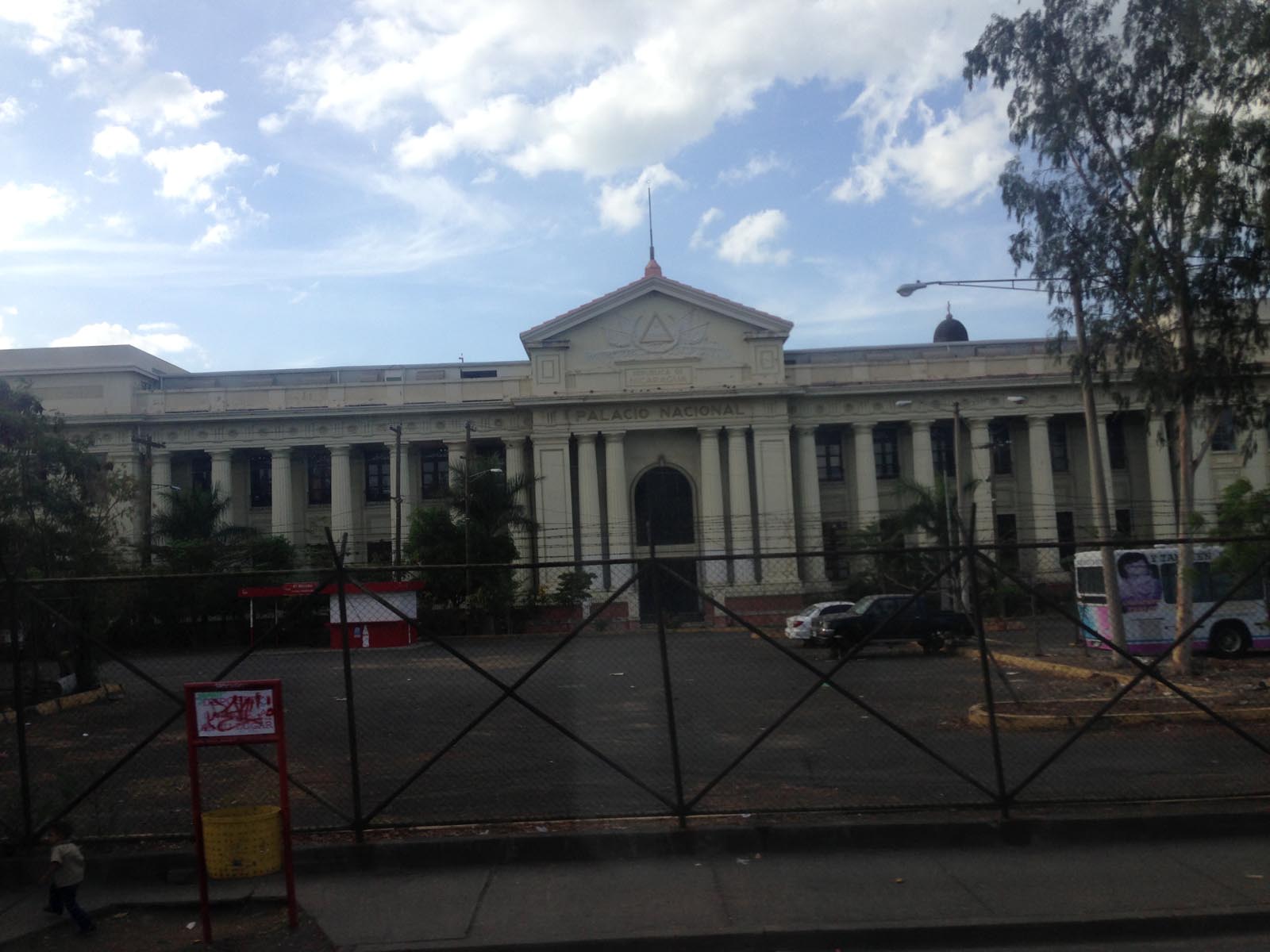

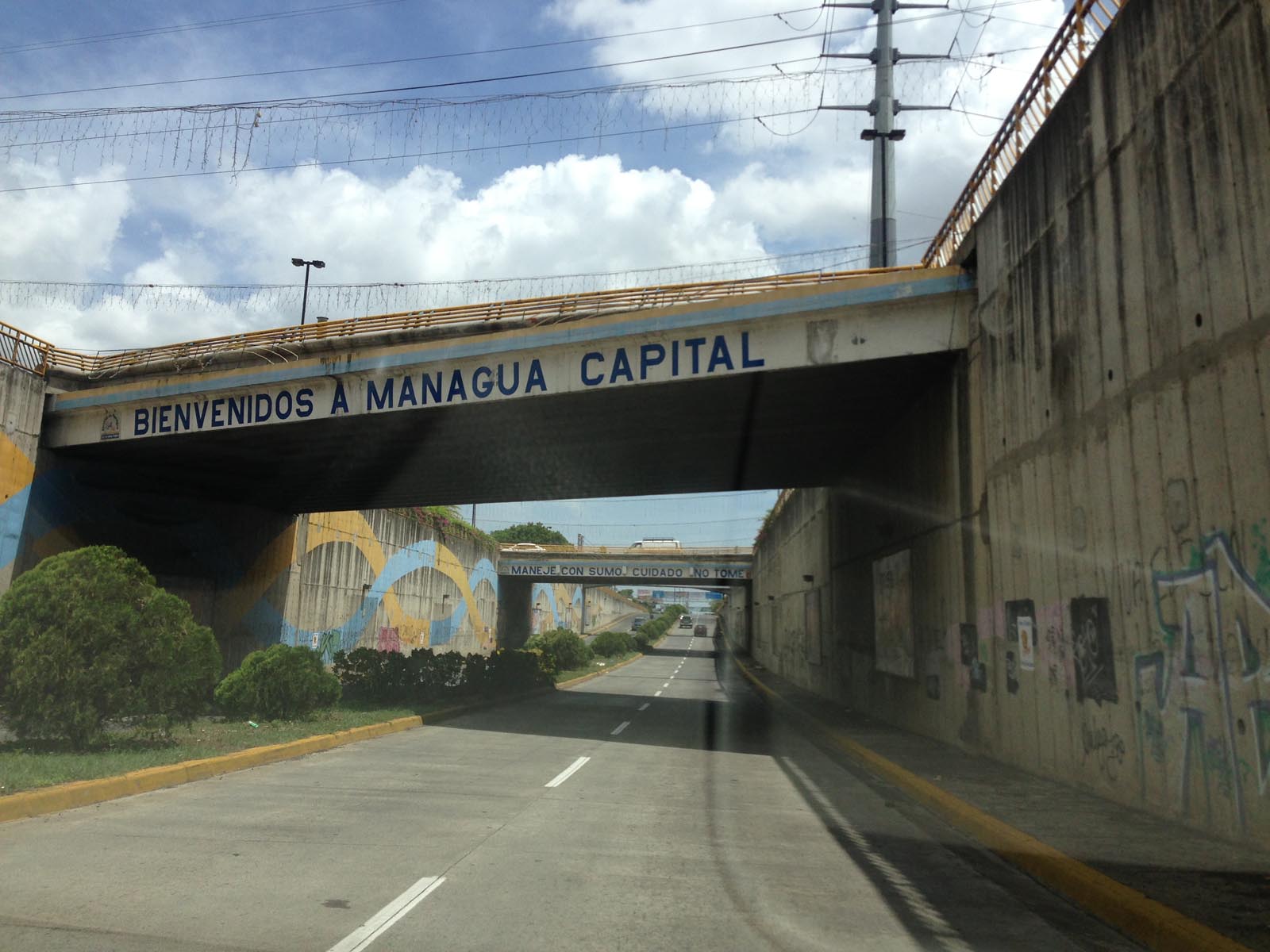
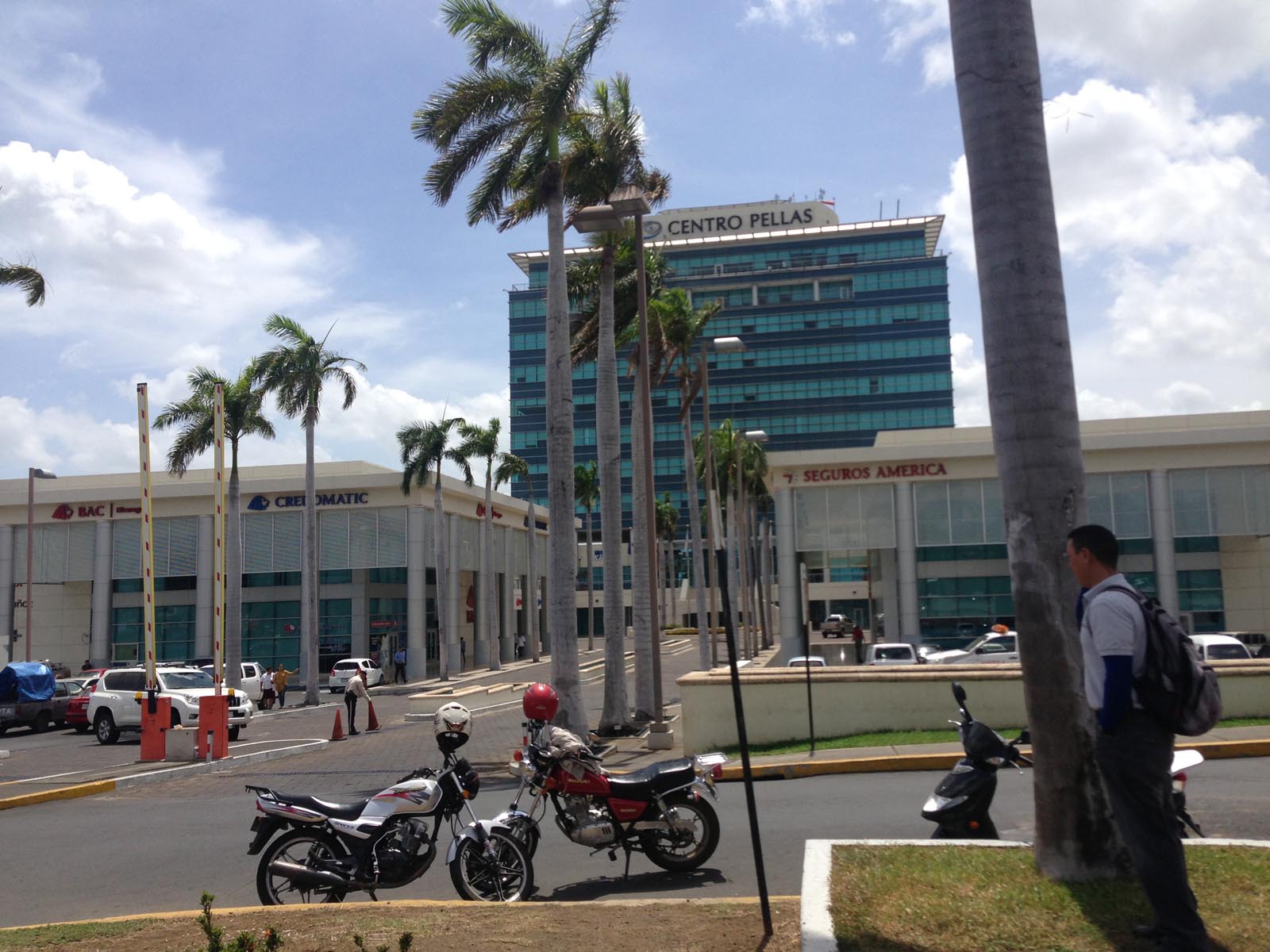
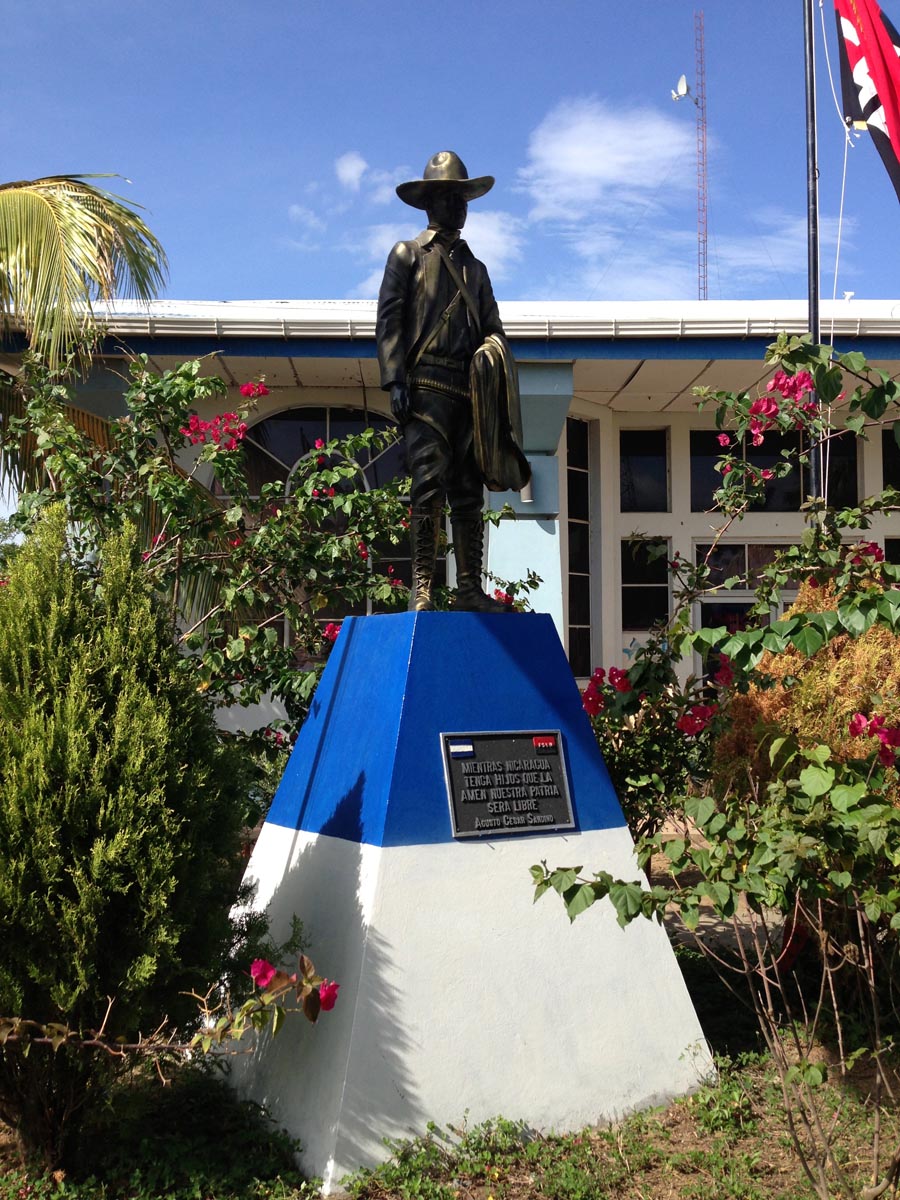
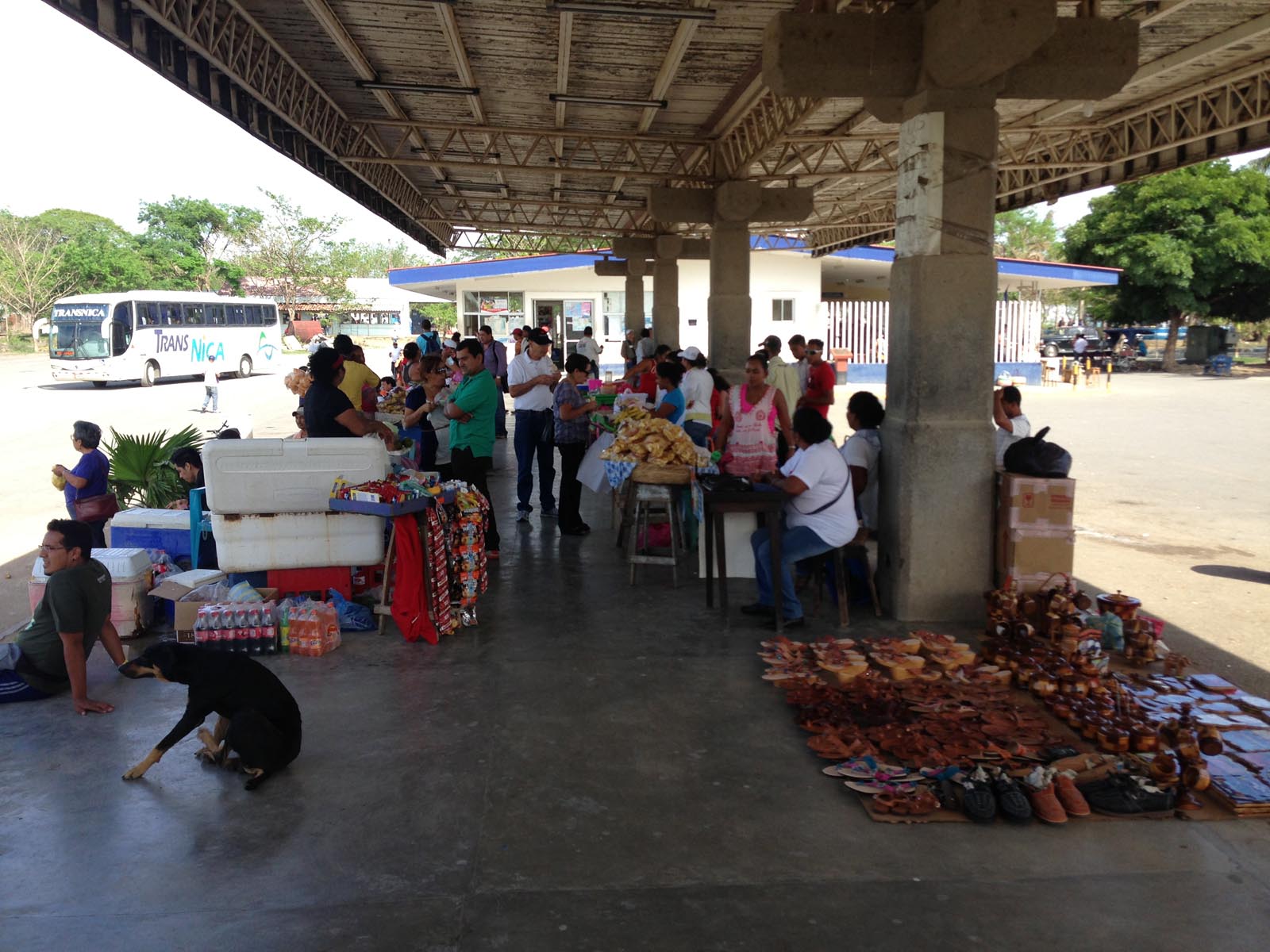
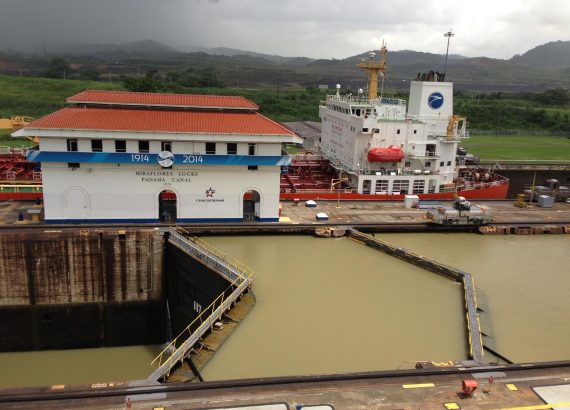
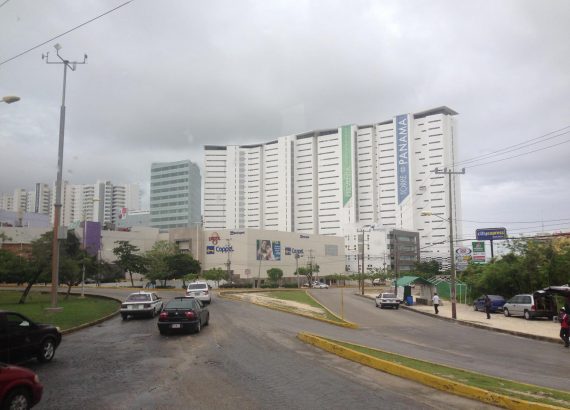
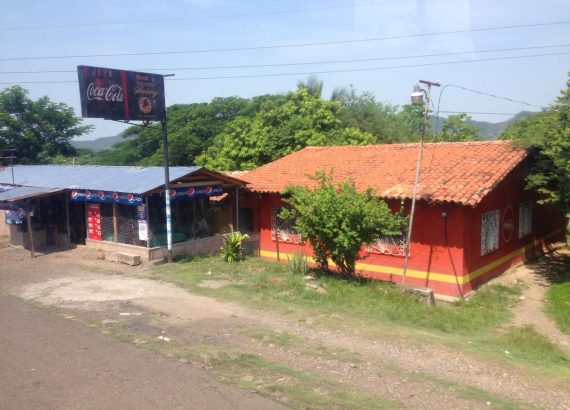
No Comments